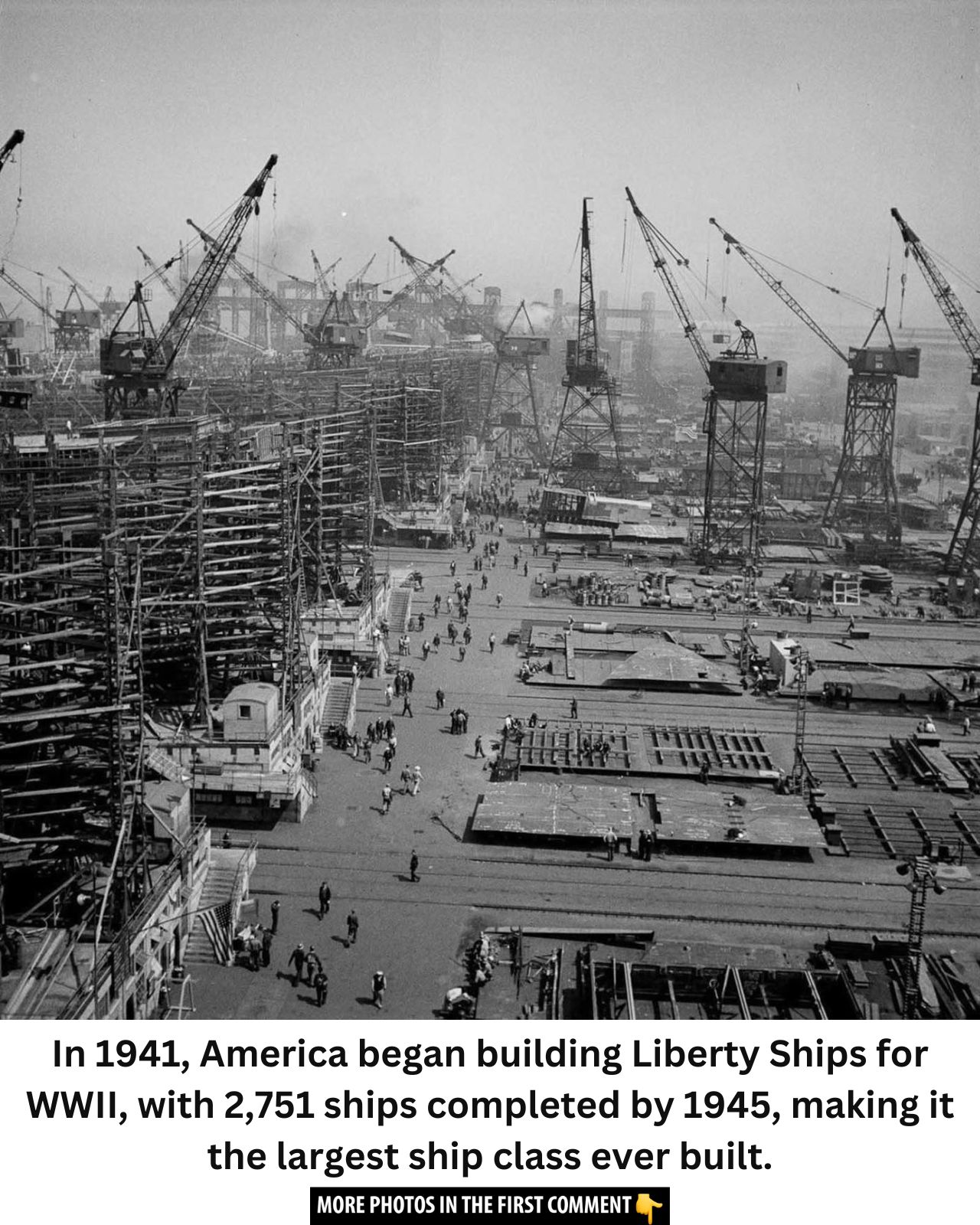In the wake of World War II, one of the most remarkable feats of industrial engineering was the creation of the Liberty ships. Developed in response to the urgent need for cargo vessels to transport war material, these ships were conceived as a solution to the mounting challenges facing the United States and its allies. By 1941, with the German Navy’s threat and the Nazi blockade of Great Britain, the United States recognized that it needed to drastically increase its merchant fleet to ensure the safe transport of goods, weapons, and supplies. The Liberty ships were born out of this necessity, becoming the workhorses of the war effort, and marking a pivotal moment in American shipbuilding history.
The Design and Features of the Liberty Ships
The Liberty ship design was born out of necessity, meant to fulfill a very specific purpose—transporting supplies for the Allied war effort. Drawing inspiration from a British design, the Liberty ships were constructed to be fast, cost-effective, and simple to build.
These ships, measuring 441 feet (134 meters) long and 57 feet (18 meters) wide, were powered by a 2,500 horsepower steam engine capable of reaching speeds of 11 knots. Though not built for luxury, the Liberty ships excelled in functionality. They were equipped with five cargo holds, each capable of carrying thousands of tons of supplies. Their simple yet effective design made them easy to mass-produce, with each ship being assembled with interchangeable parts.
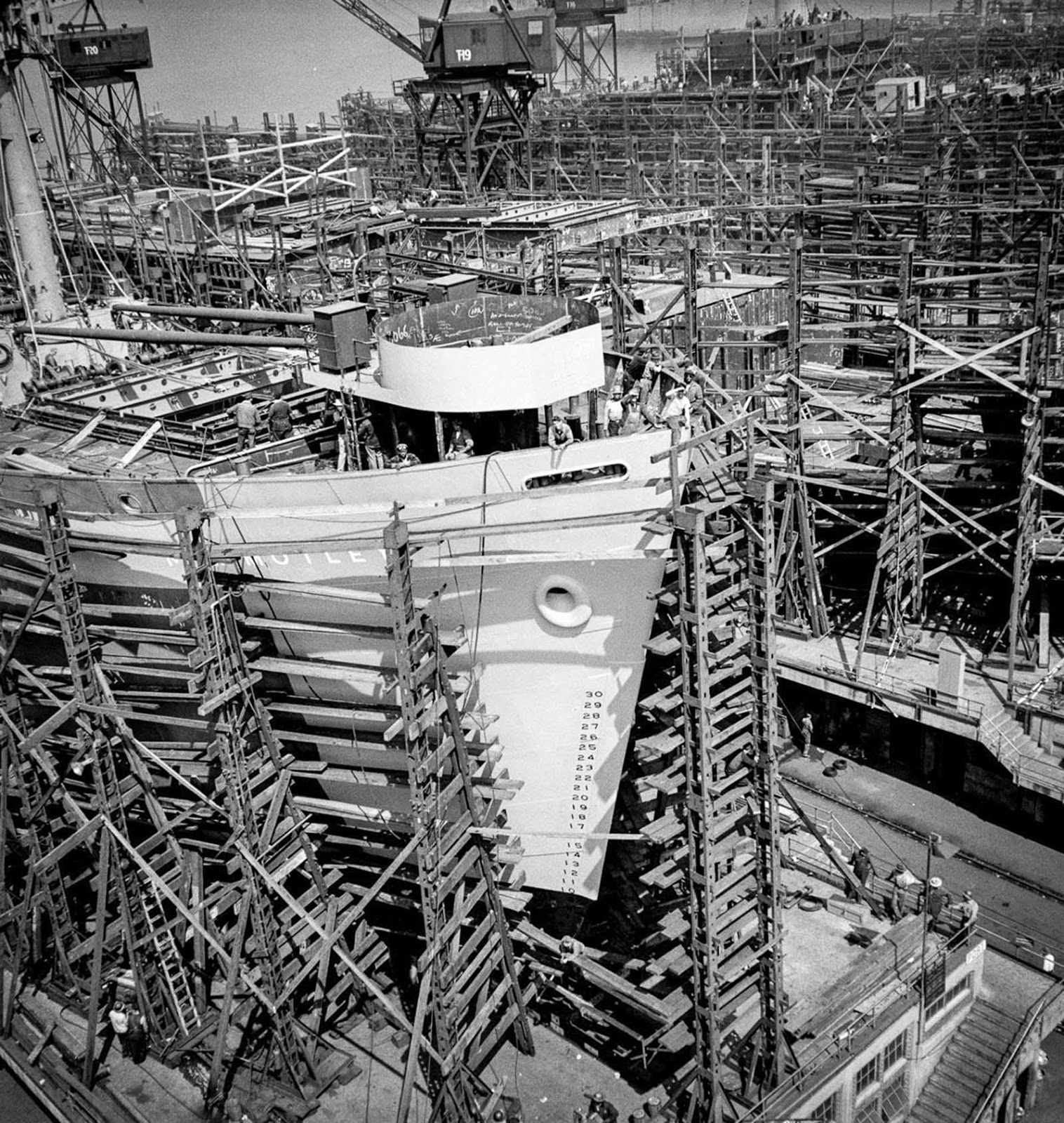
Video
Watch the video How A Cargo Ship Helped Win WW2: The Liberty Ship Story to learn about these crucial vessels!
Challenges and Nickname: “The Ugly Ducklings”
Despite their critical role in wartime logistics, the Liberty ships were never considered a thing of beauty. In fact, President Franklin D. Roosevelt himself remarked, “She’s not much to look at, though, is she? A real ugly duckling.” And so, the Liberty ships earned their affectionate nickname—the “ugly ducklings” of the seas. Though they lacked the sleek lines and elegance of luxury ships, their design was pragmatic and suited to the urgent needs of wartime production. These ships were not intended to be a symbol of beauty but rather efficiency, serving the more practical purpose of helping to turn the tide of the war.
The name “ugly ducklings” was a perfect reflection of their humble, no-frills design. Despite their appearance, the ships proved to be the unsung heroes of the war, completing missions and surviving long after their expected lifespan. Their simplicity, however, made them easier to maintain, and it’s this practicality that allowed them to contribute so significantly during the war years.
Naming the Liberty Ships: A Tribute to Heroes
What became a challenge in the midst of mass production was naming the Liberty ships. Unlike the later Victory ships, which had an organized naming system, the Liberty ships were named after a variety of people from all walks of life. They were often named after revolutionary figures such as George Washington, political figures like Abraham Lincoln, and even famous scientists such as Alexander Graham Bell. These ships became a tribute to America’s heroes and leaders, with some named after artists like Gilbert Stuart and explorers such as Daniel Boone. This diversity in naming reflected the inclusiveness and unity that the country was rallying behind during the war.
The naming process, which initially seemed like a logistical problem, became an act of national pride. Each name etched on the side of these ships represented the spirit of the people who were contributing to the war effort—patriots, leaders, innovators, and visionaries. As nearly 3,000 ships were produced, each one carried a story, a legacy, and a reminder of the sacrifices made by those who came before.
Production Speed and Technological Innovations
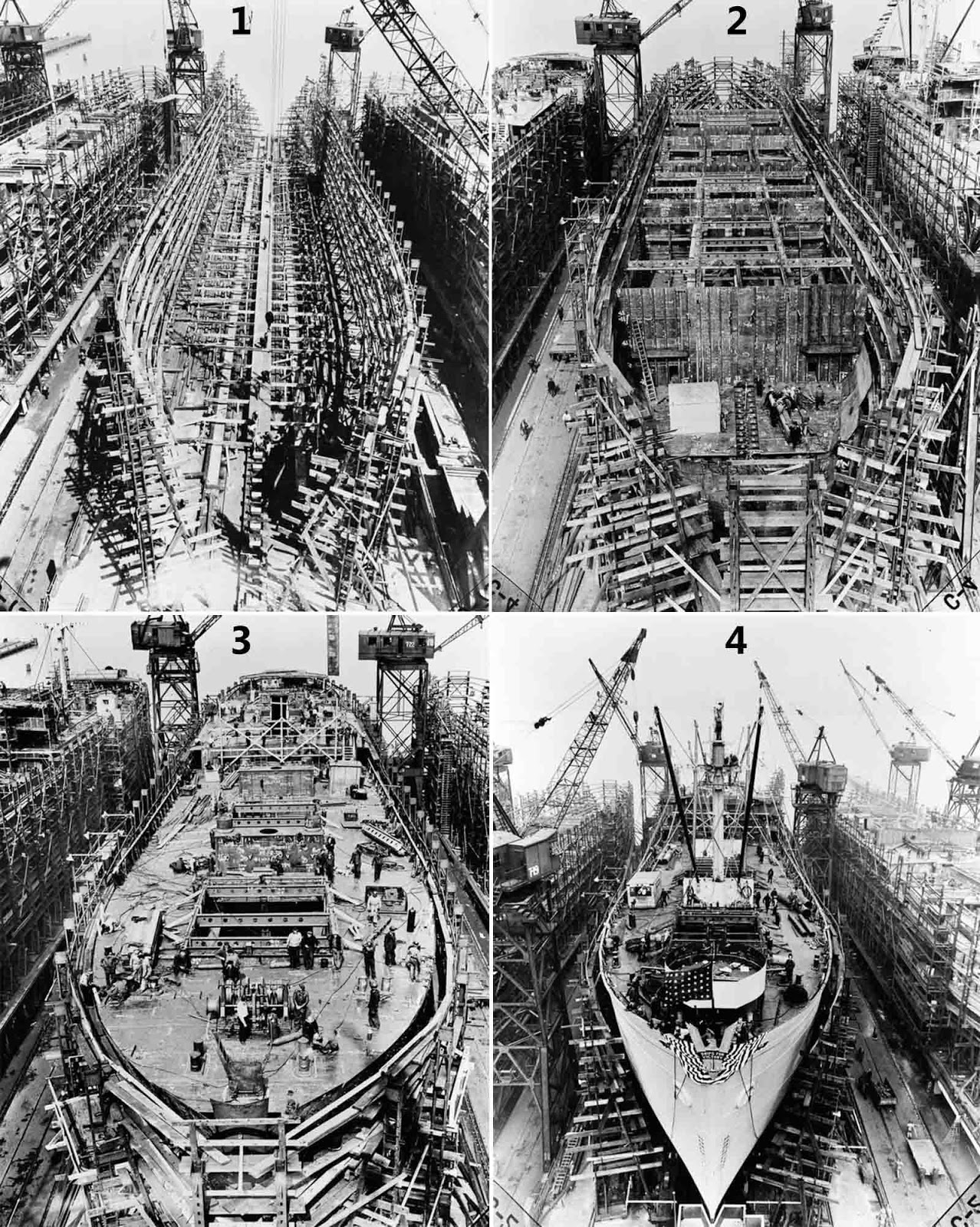
The speed with which Liberty ships were produced was nothing short of extraordinary. By the height of production in 1944, the average time it took to build a Liberty ship was just 42 days. This was a massive improvement from the initial construction time and was made possible by innovations in shipbuilding technology. The shipyards adopted assembly-line production methods and perfected techniques like welding, which replaced rivets, speeding up the building process significantly.
Additionally, a steel cold-rolling process was introduced to save on materials, and prefabrication techniques allowed parts of the ship to be built in sections, speeding up the overall construction. These innovations laid the groundwork for modern manufacturing processes, showing how industrial ingenuity could achieve rapid results under pressure. The technological advances made during the Liberty shipbuilding program were not just limited to ship construction; they also had a long-lasting impact on industries well beyond wartime needs.
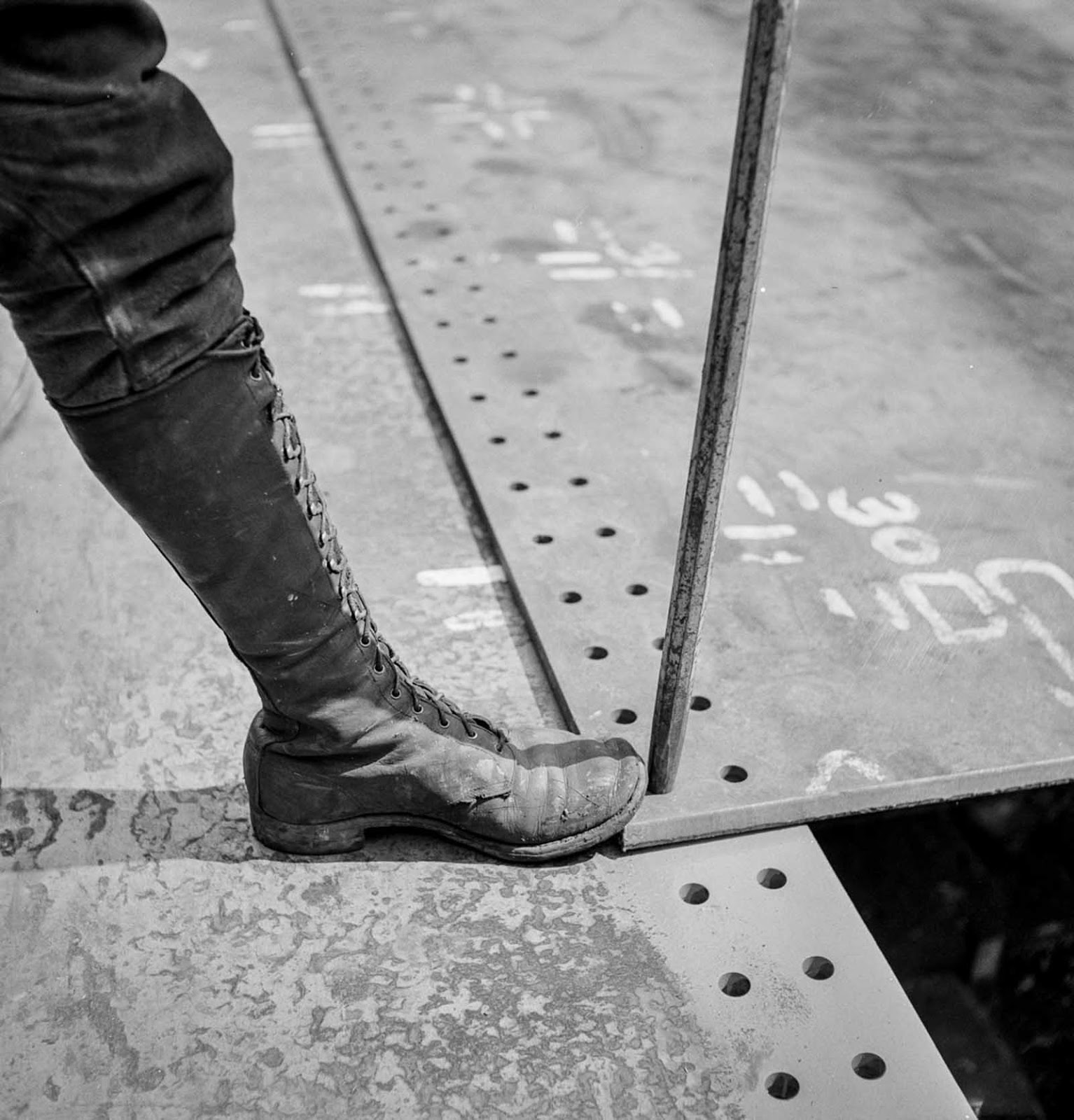
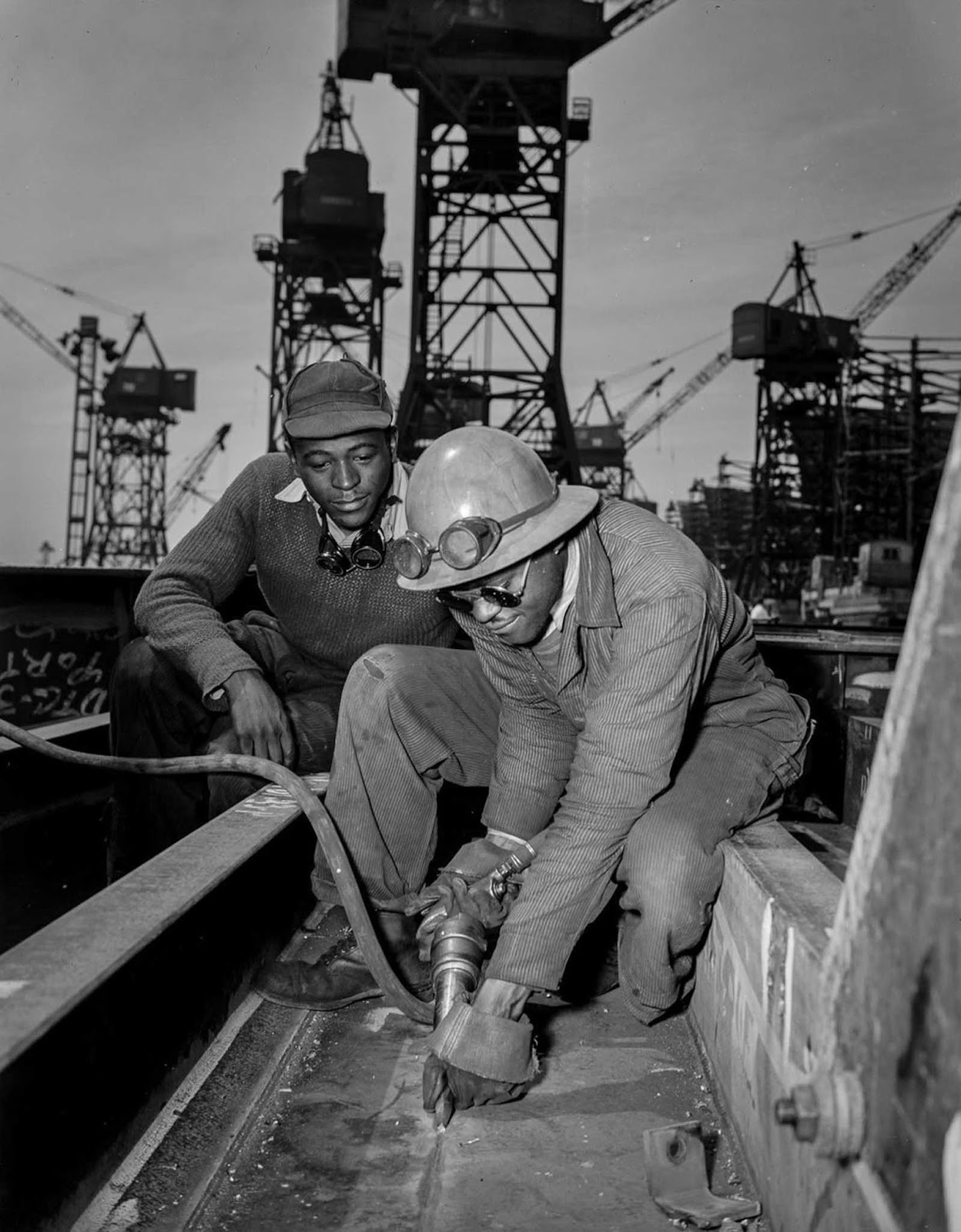
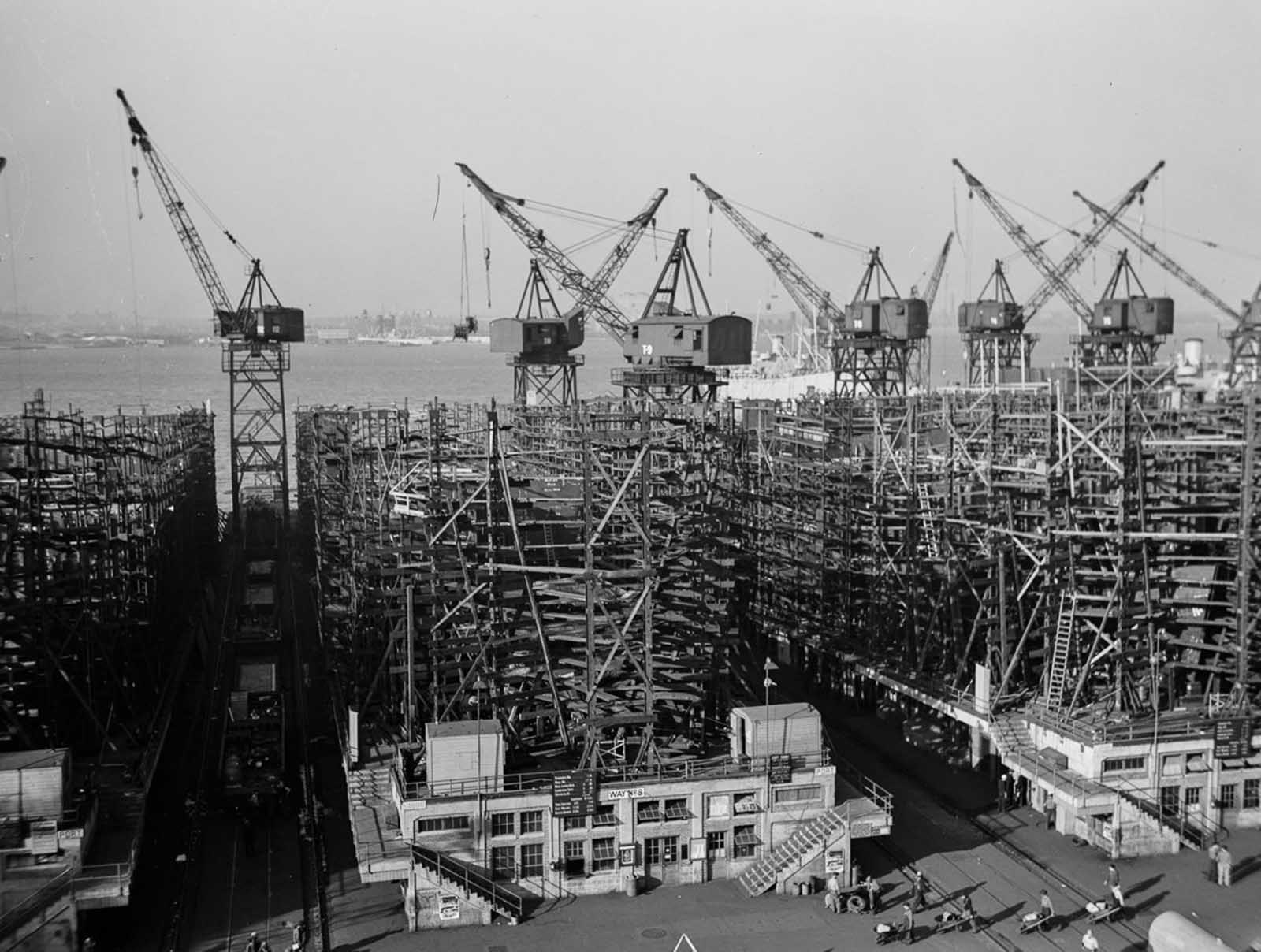
The Legacy of the Liberty Ships: A Workhorse of WWII
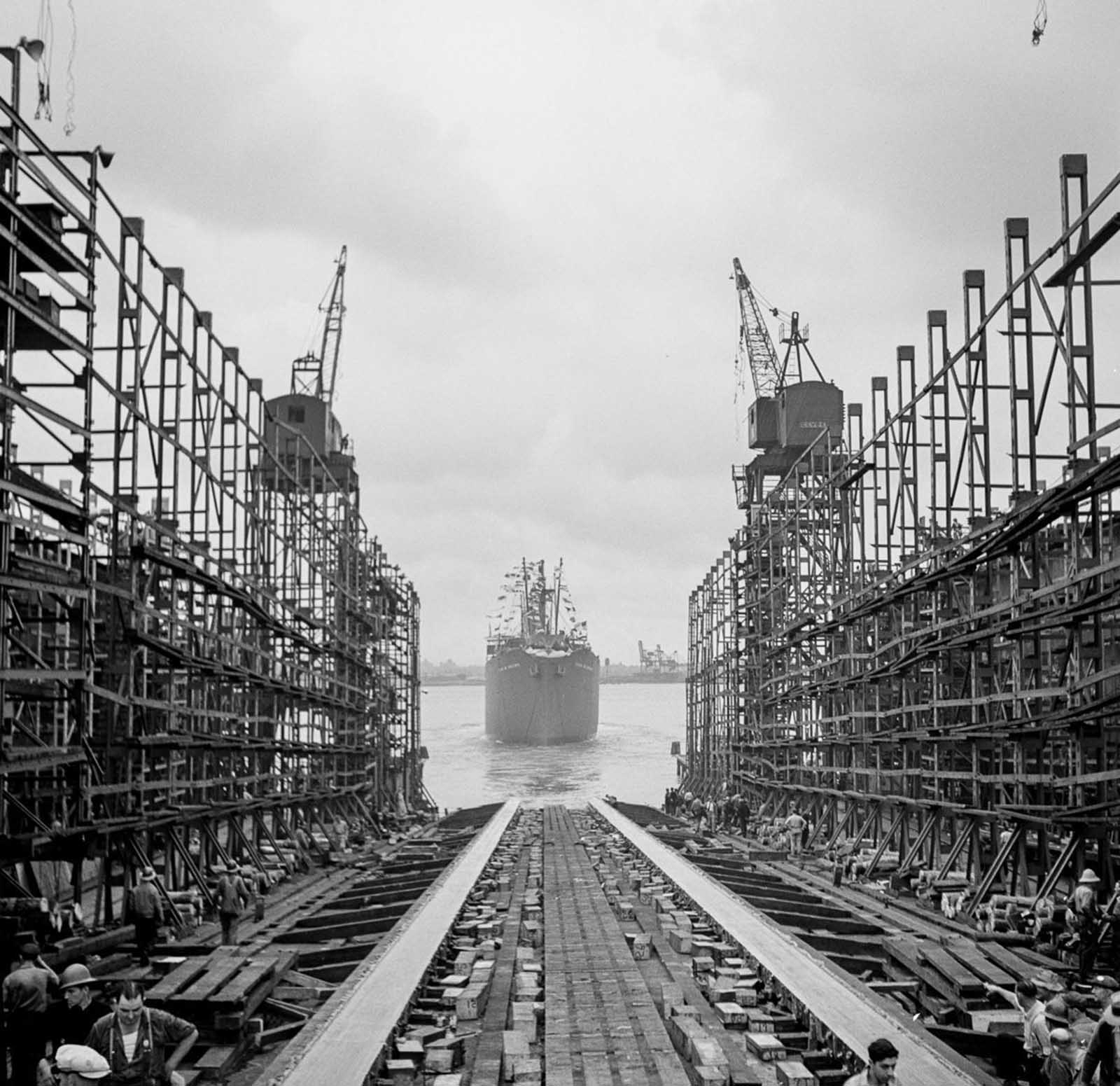
By the end of World War II, a total of 2,751 Liberty ships had been built. These ships were not just machines; they were vital to the success of the Allied powers in the war. While the Liberty ships were often referred to as “five-year vessels,” meaning they were intended to last only as long as needed for the war effort, many of them far exceeded expectations, serving for decades after the war ended.
Once the war was over, the Liberty ships continued to serve as a key component in the merchant fleets that helped fuel the postwar economic recovery. Some were placed into reserve fleets, while others were sold off to commercial shipping companies. These ships played a critical role in transporting goods and resources around the world, and many of them supported the Korean War in the early 1950s. Their postwar legacy cemented their place in history as more than just wartime tools; they became the backbone of global trade during the mid-20th century.
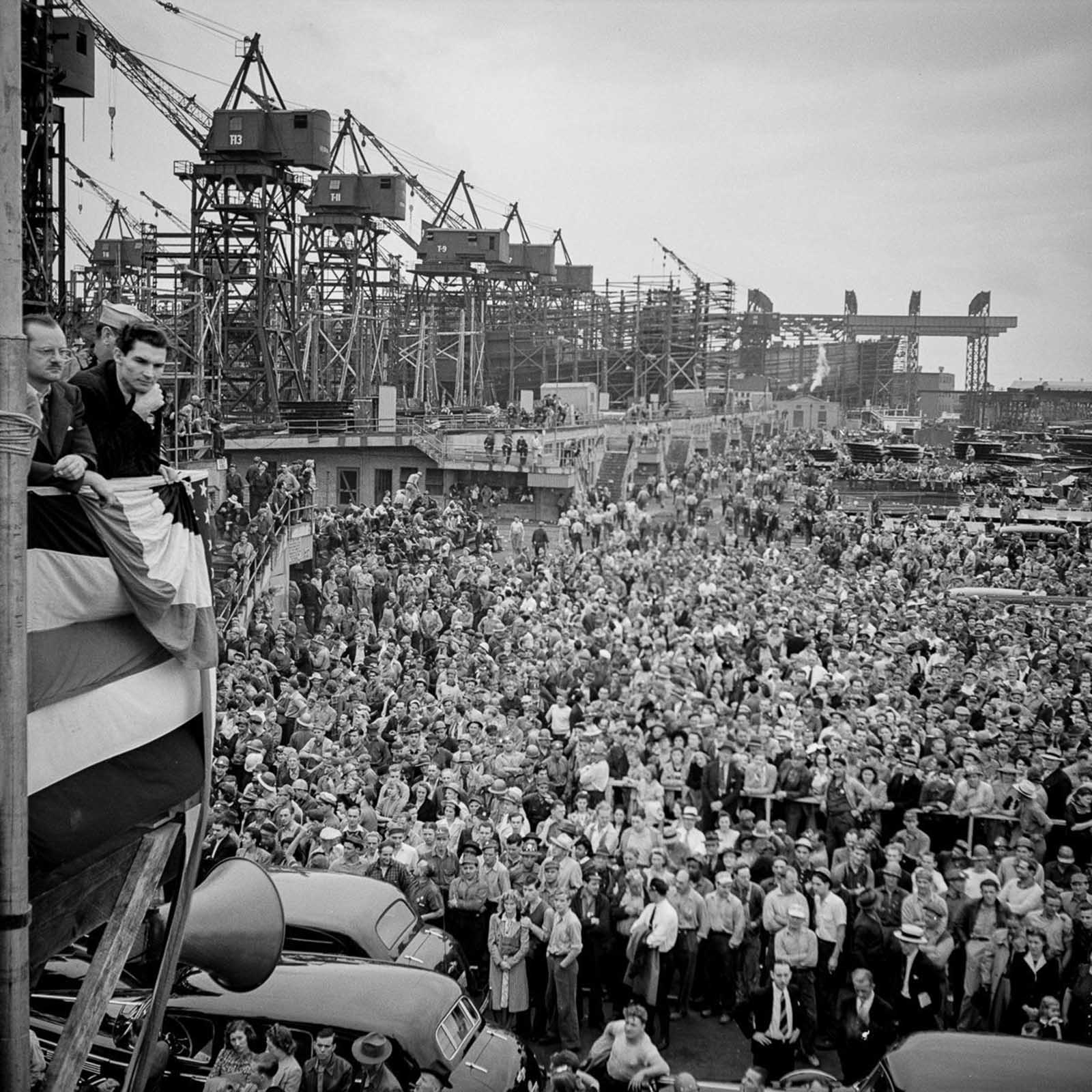
The Decline and Decommissioning of Liberty Ships
Despite their remarkable durability, by the mid-1960s, the Liberty ships had become too costly to maintain. As newer, more efficient vessels were introduced, the Liberty ships were decommissioned and sold for scrap. The first Liberty ship ever built, the SS Patrick Henry, was sent to the scrapyard in 1958, marking the end of an era. The metal from these ships was recycled, but the spirit of the Liberty ships lived on in the memories of those who had served on them and the role they played in securing victory during World War II.
The Liberty ship program is a testament to the resilience and ingenuity of the American workforce. The ships themselves may have been “ugly” by design, but their legacy is anything but. These vessels were the lifeblood of the wartime effort, and their story is one of triumph, innovation, and teamwork. While the world may not remember them for their looks, the Liberty ships will always be remembered for the pivotal role they played in the victory of the Allied forces and in shaping the modern world economy.
Photo Gallery: The Building of Liberty Ships
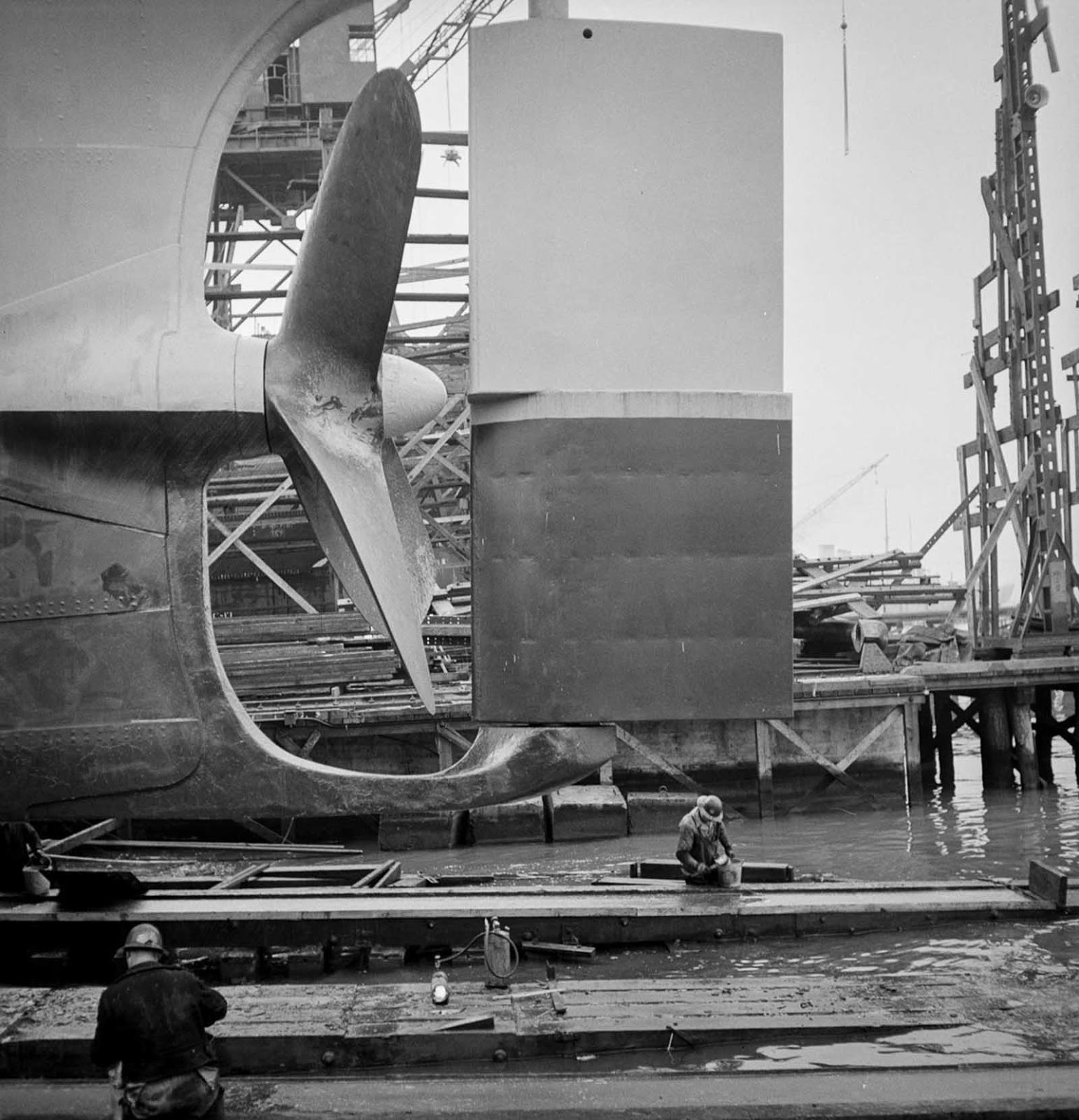
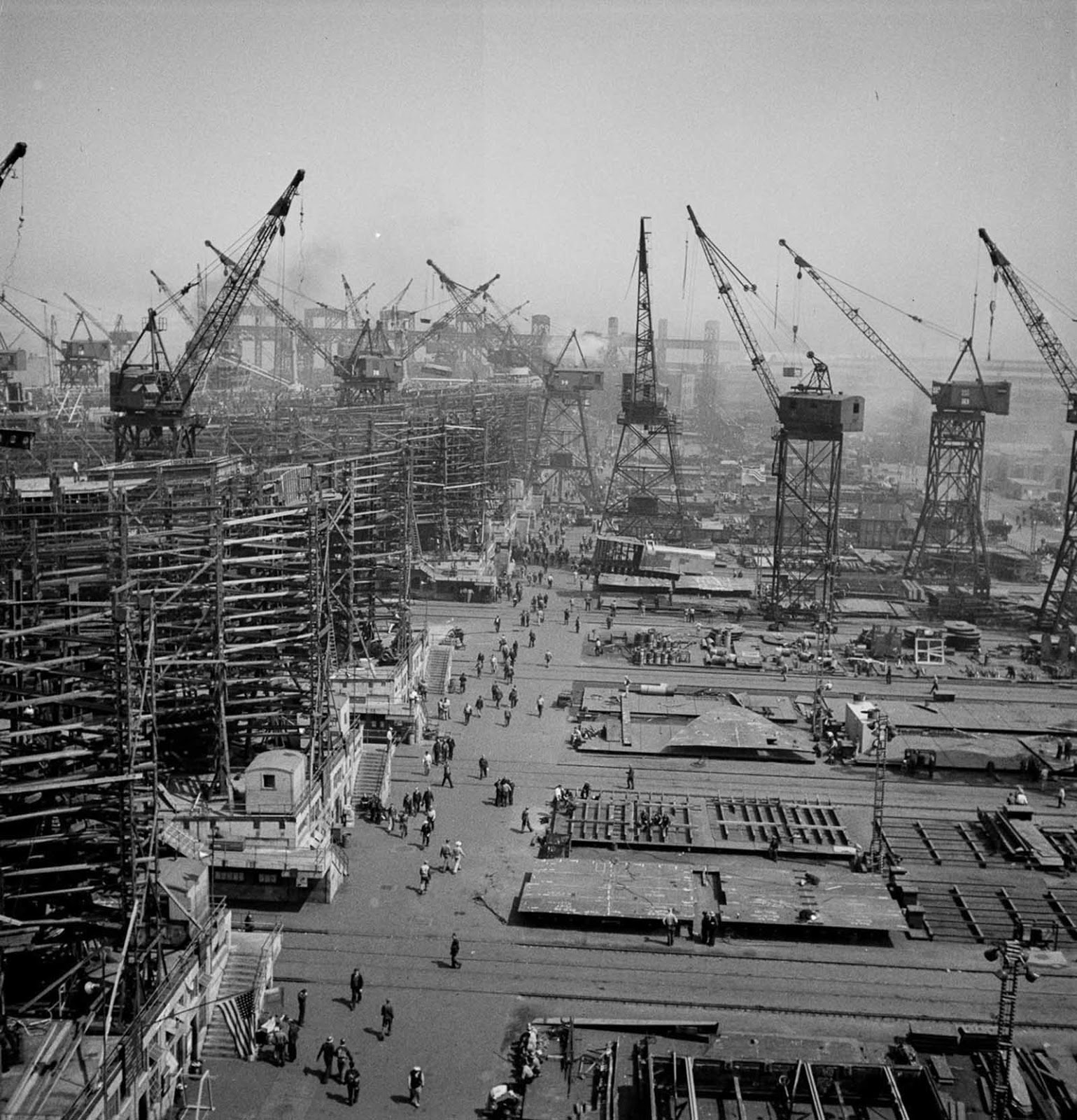
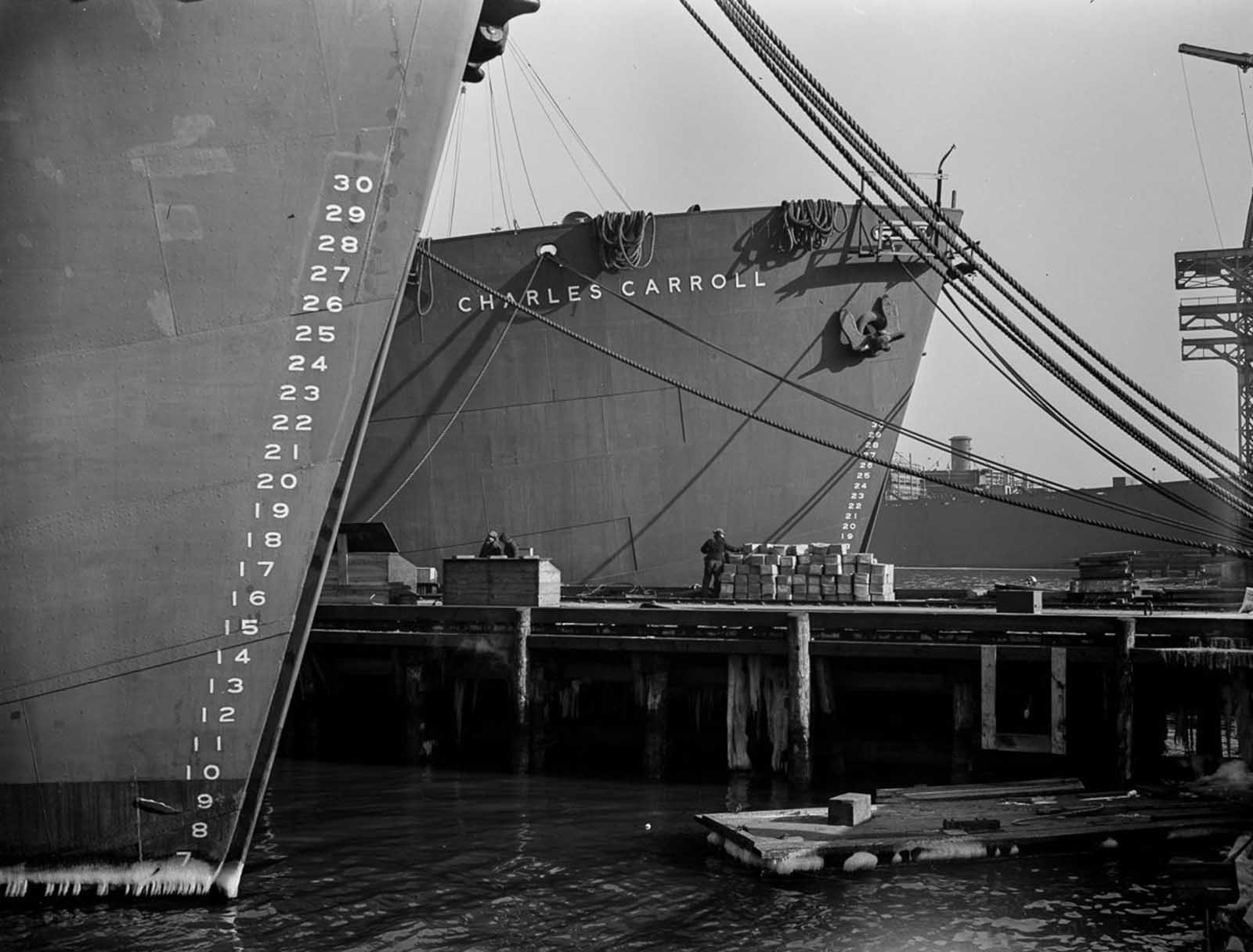
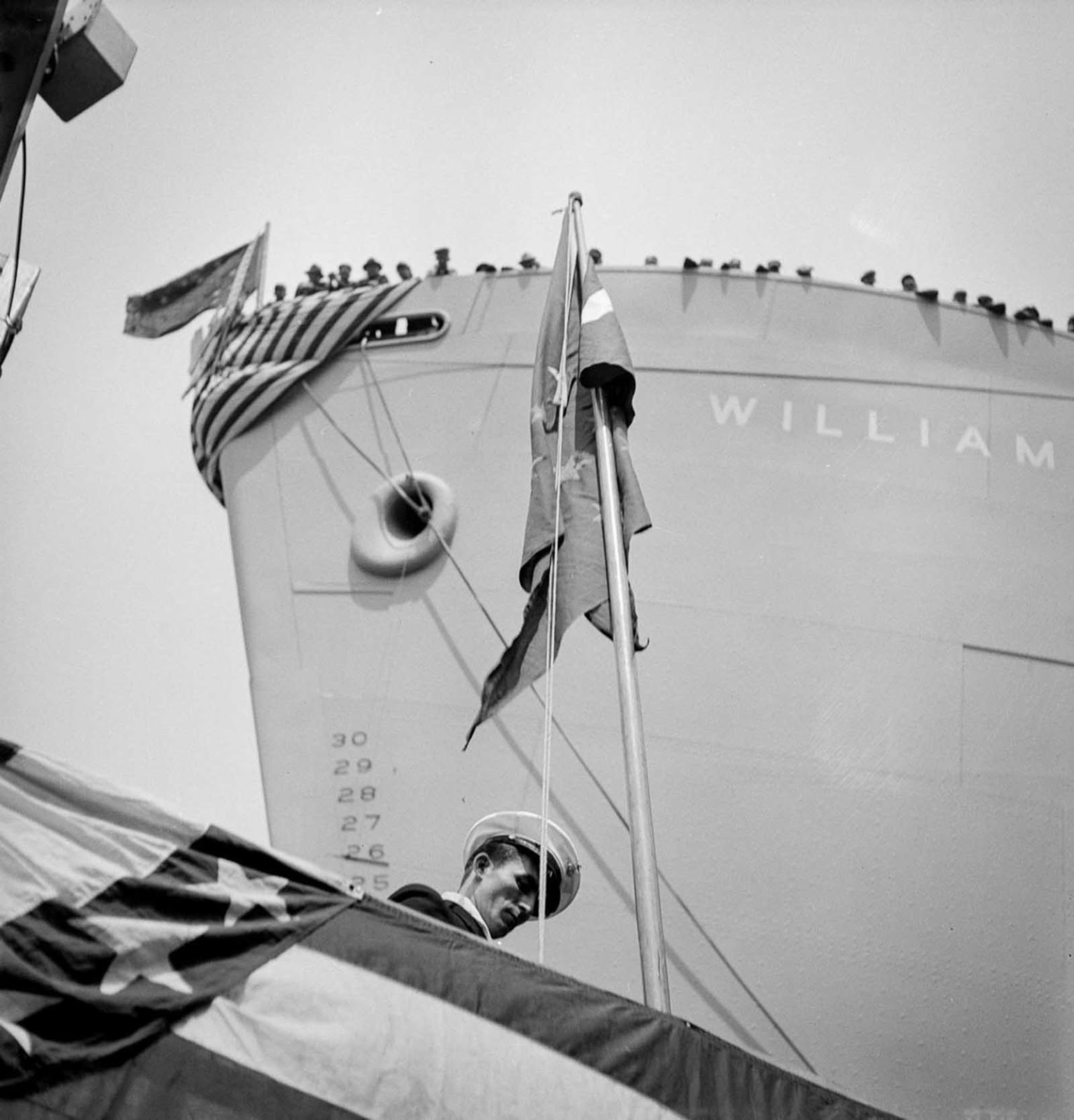
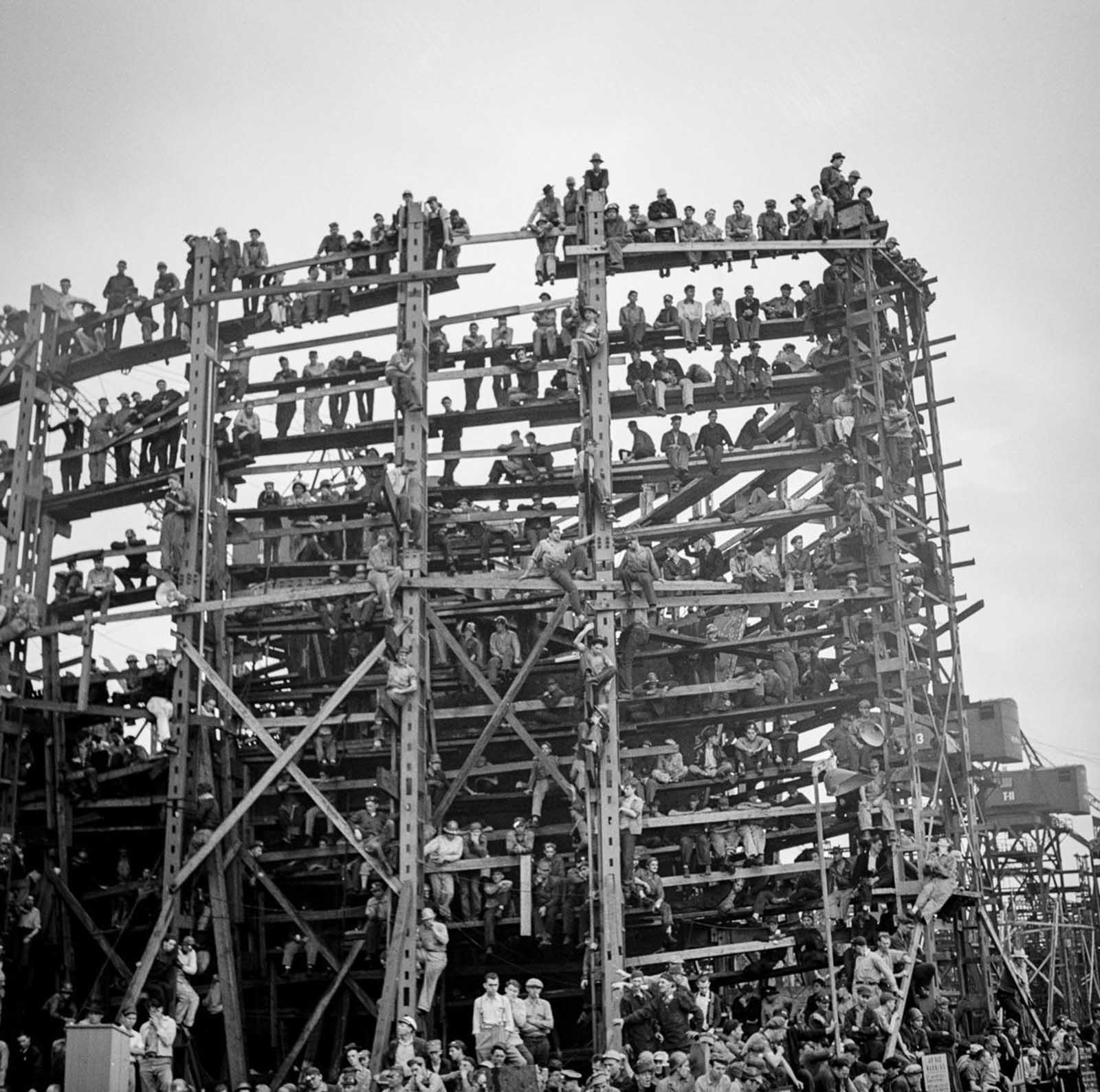
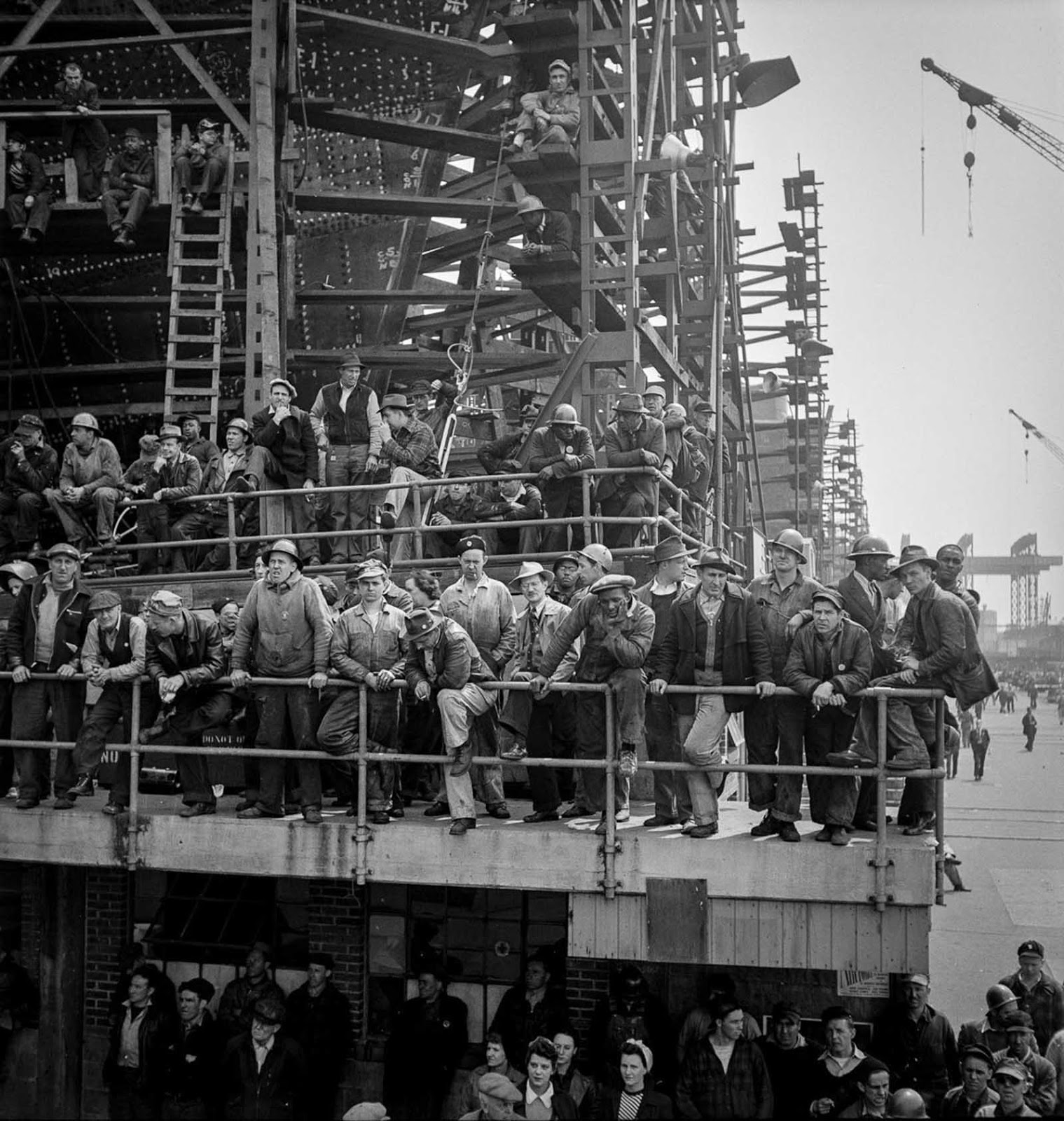
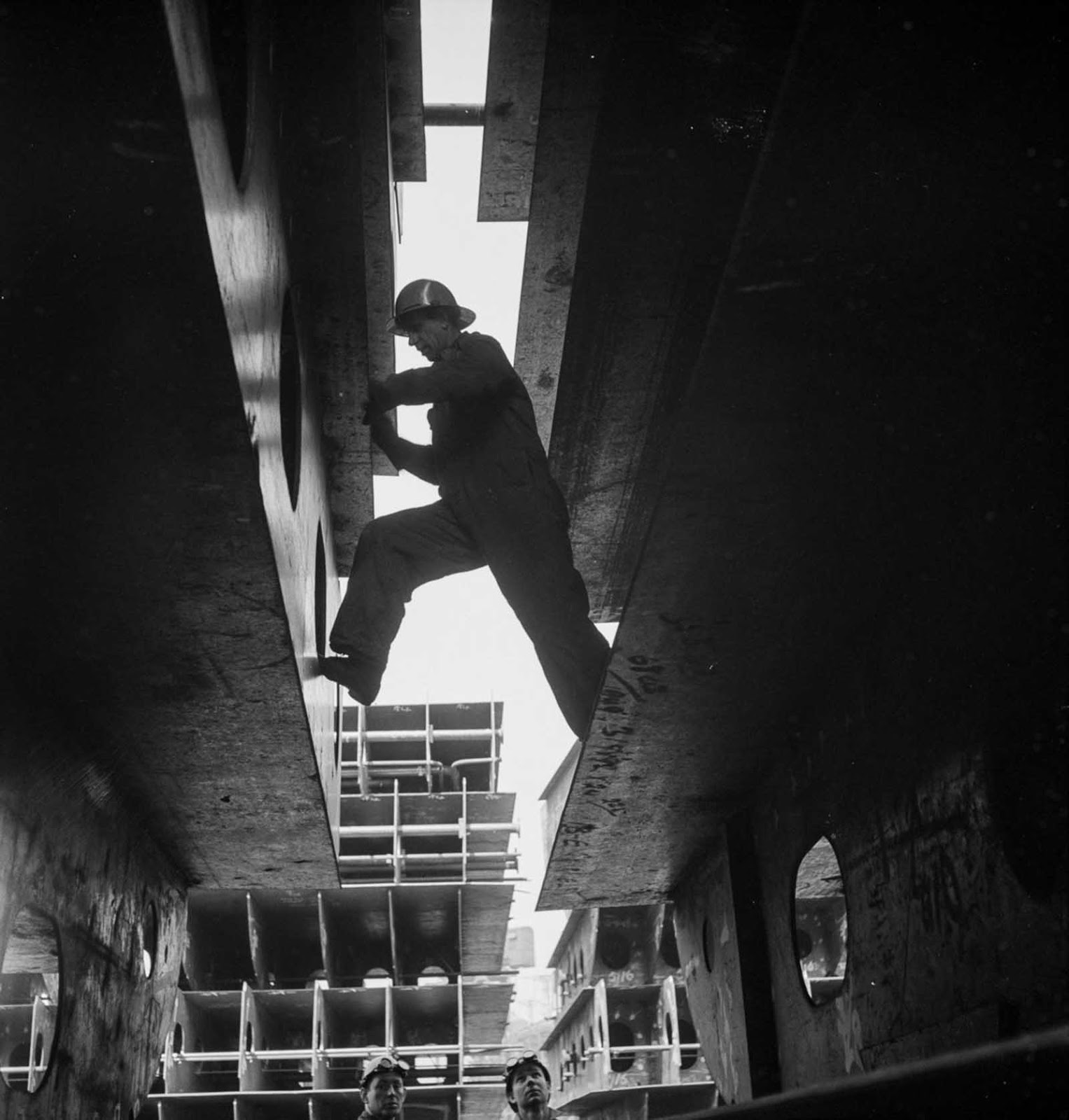
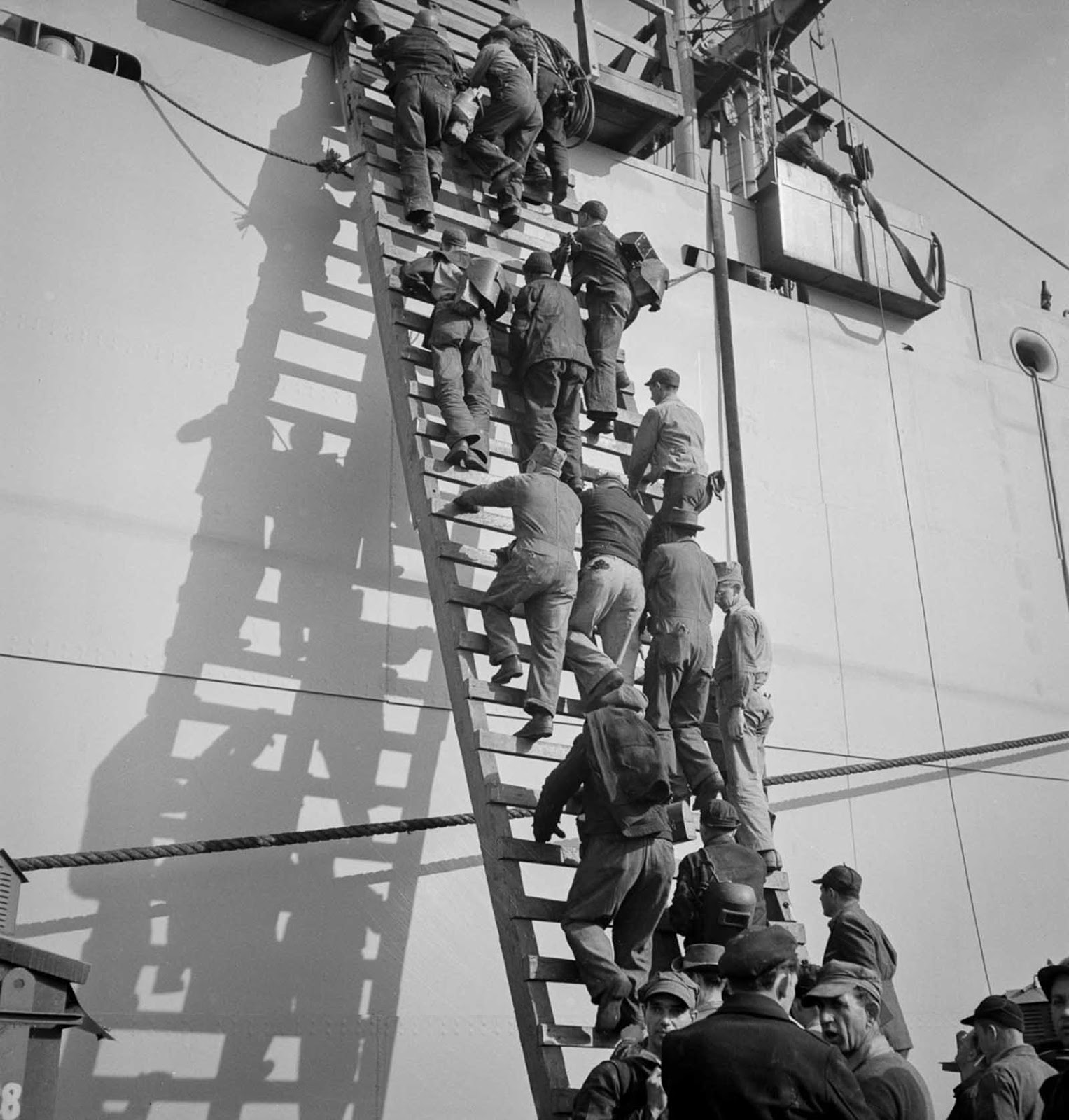
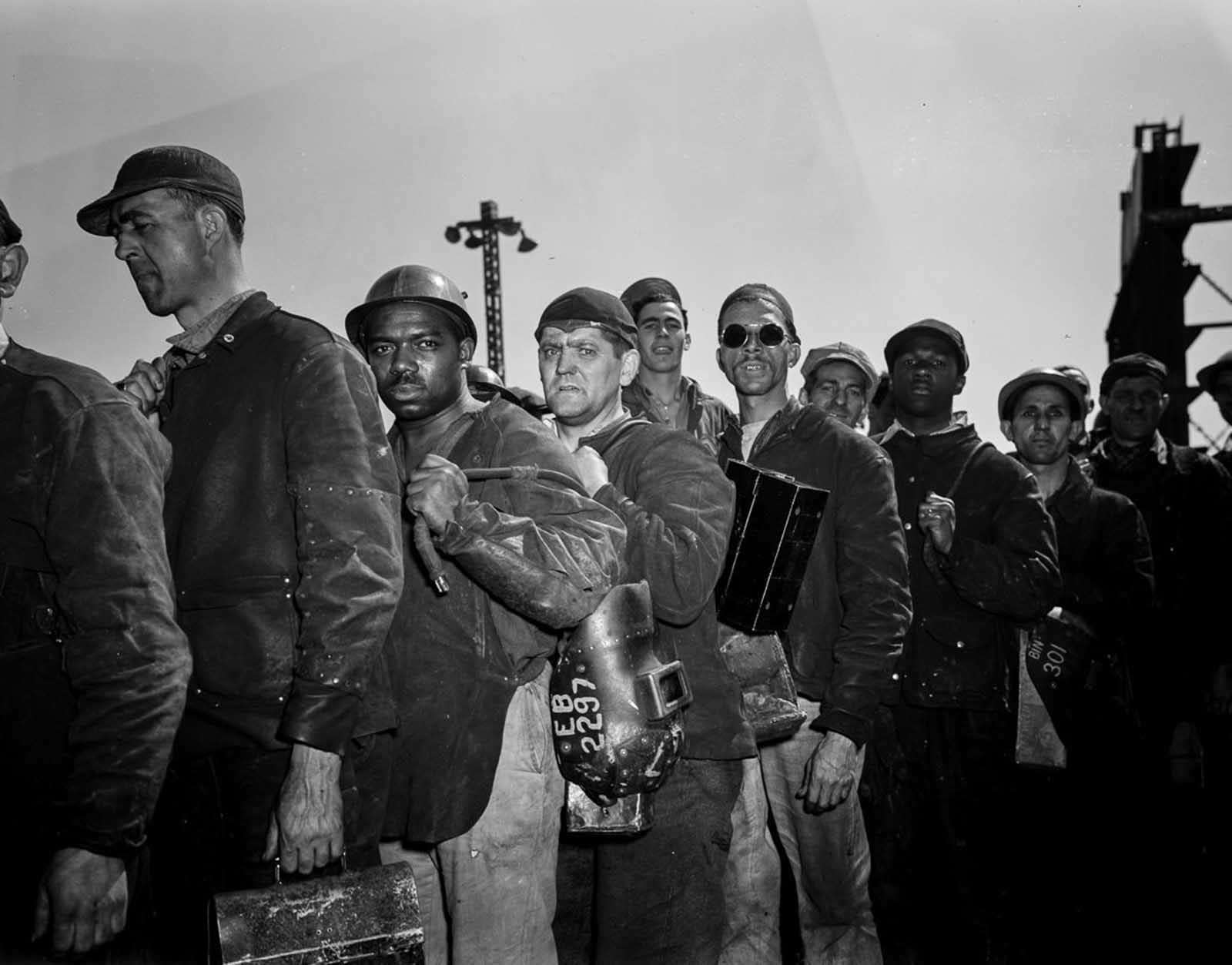
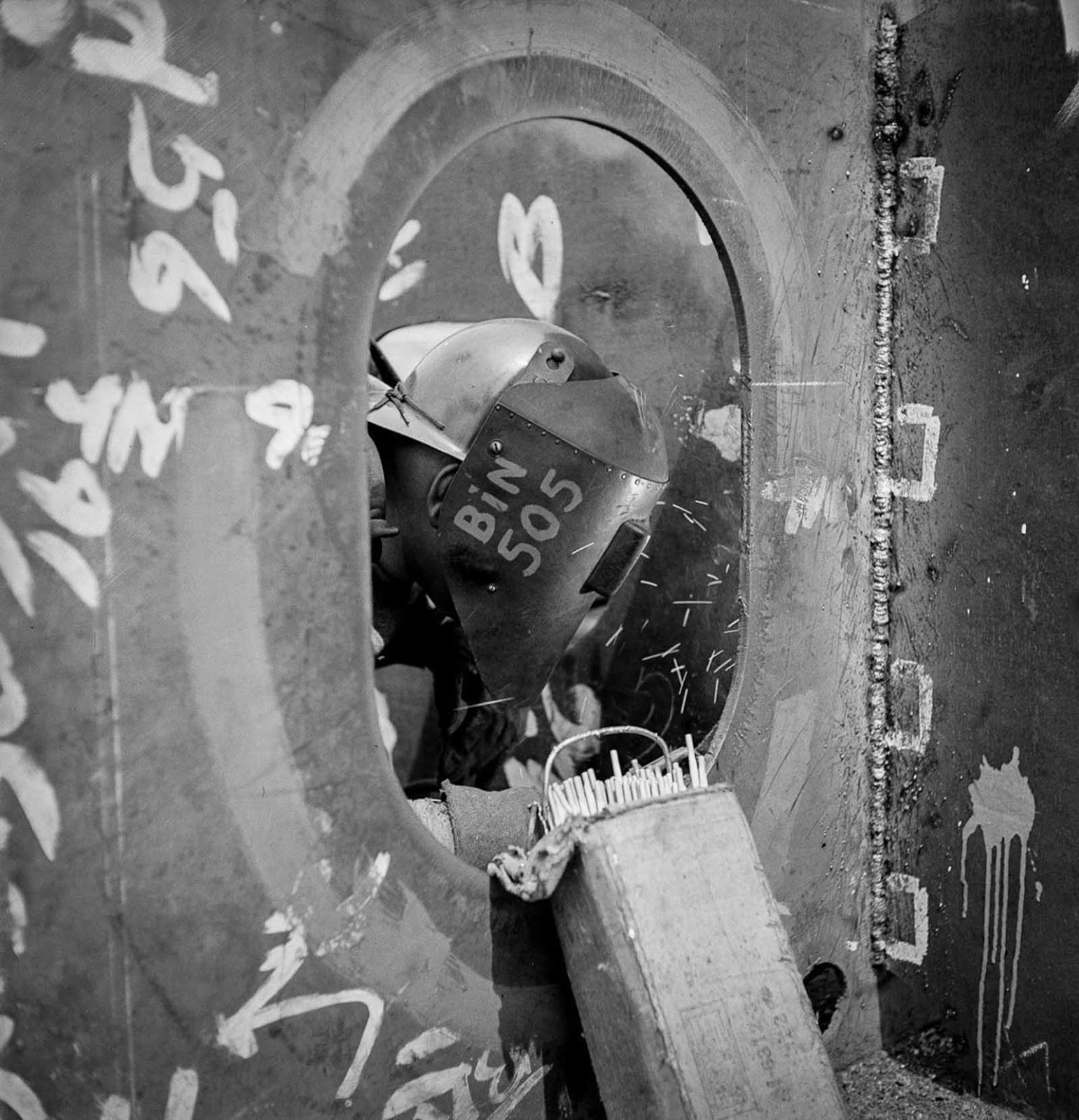
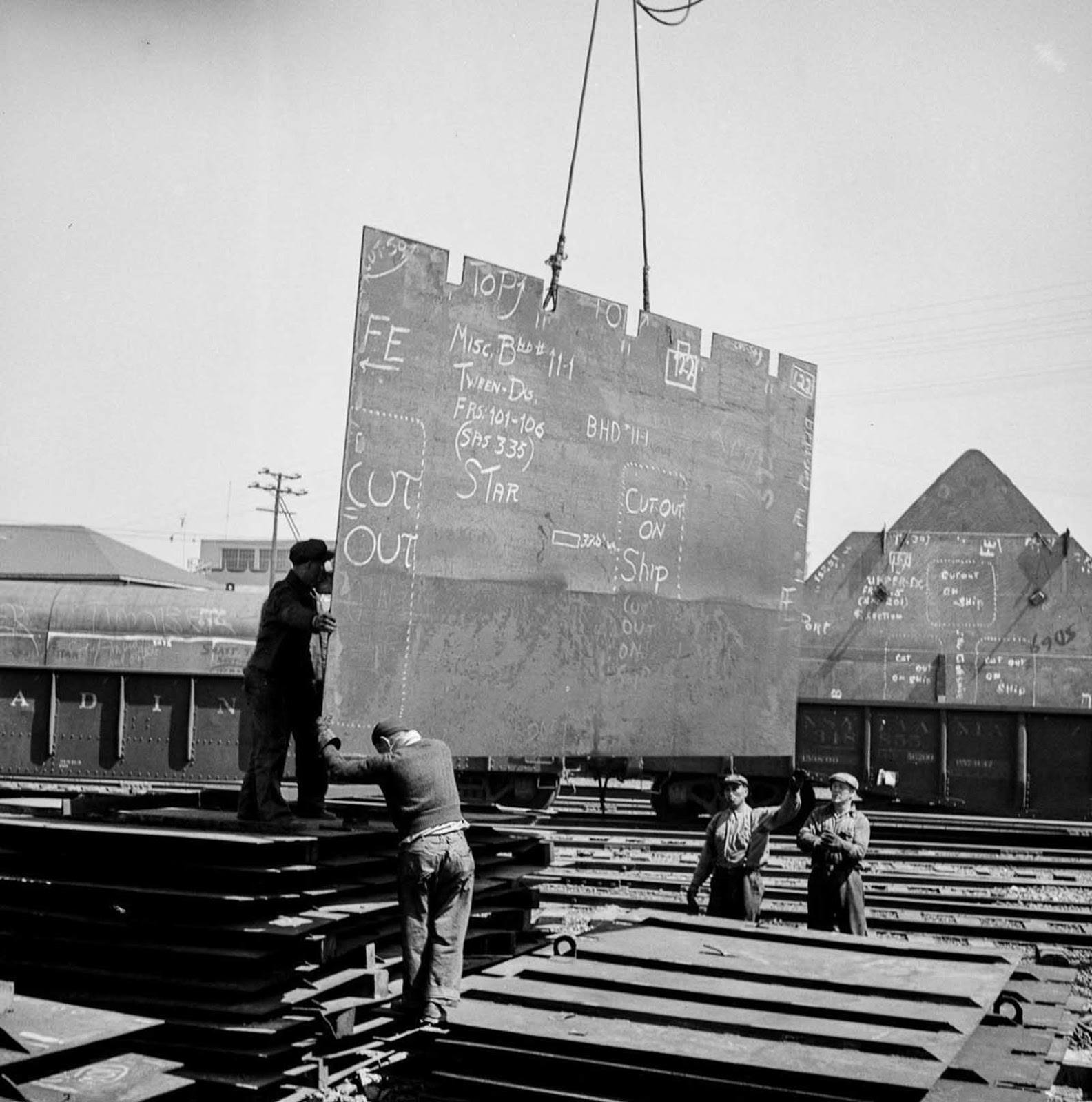
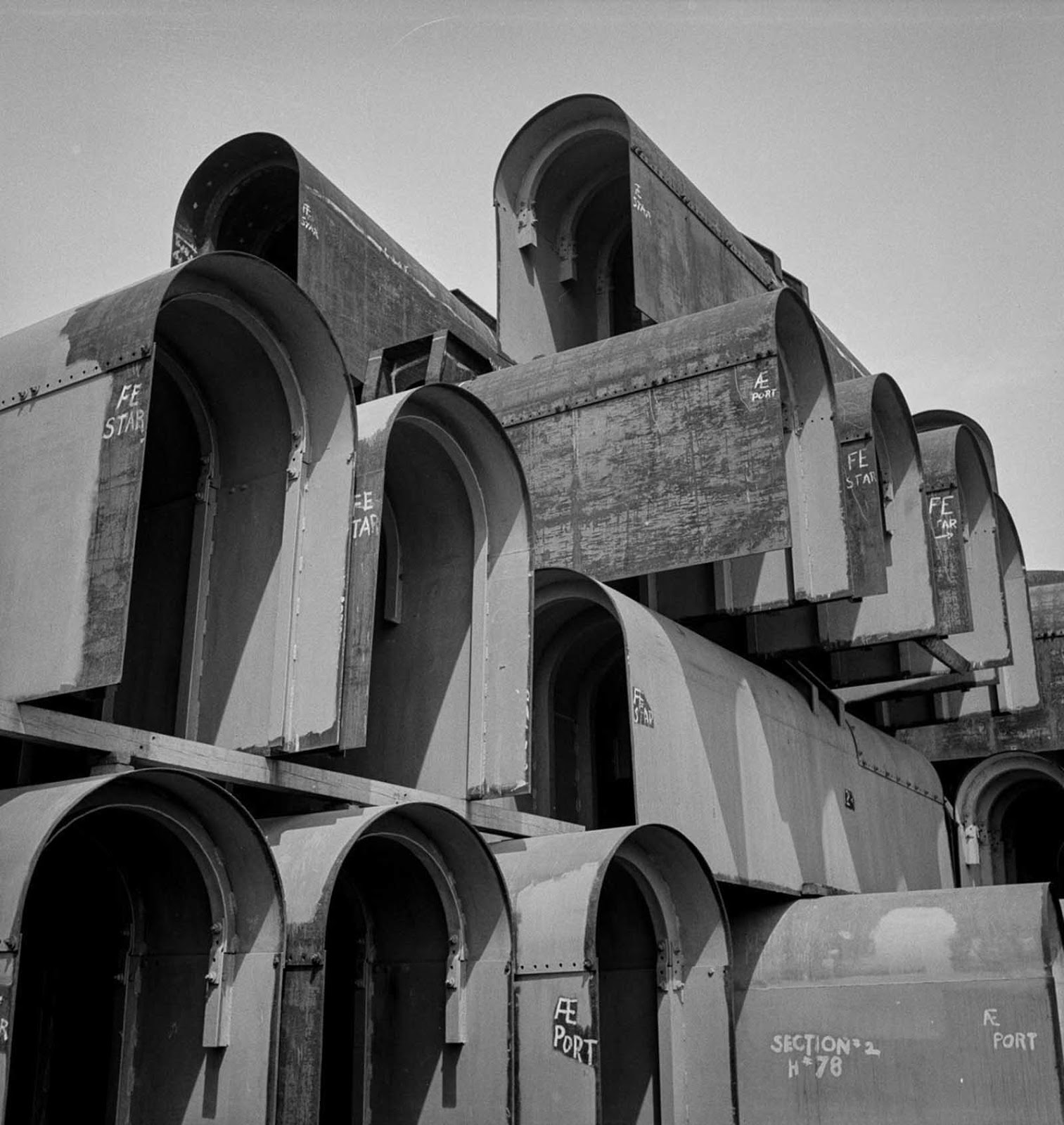
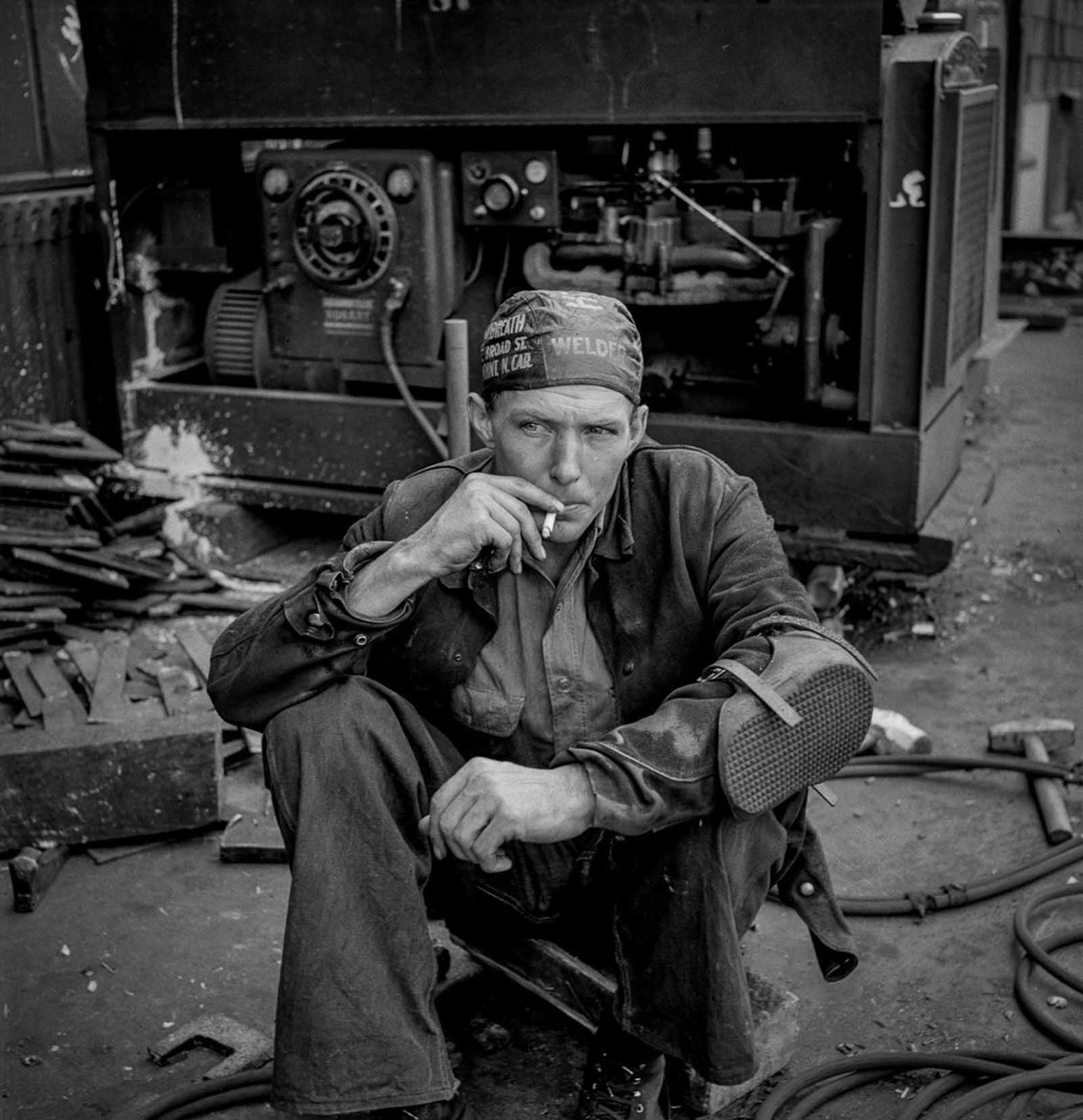
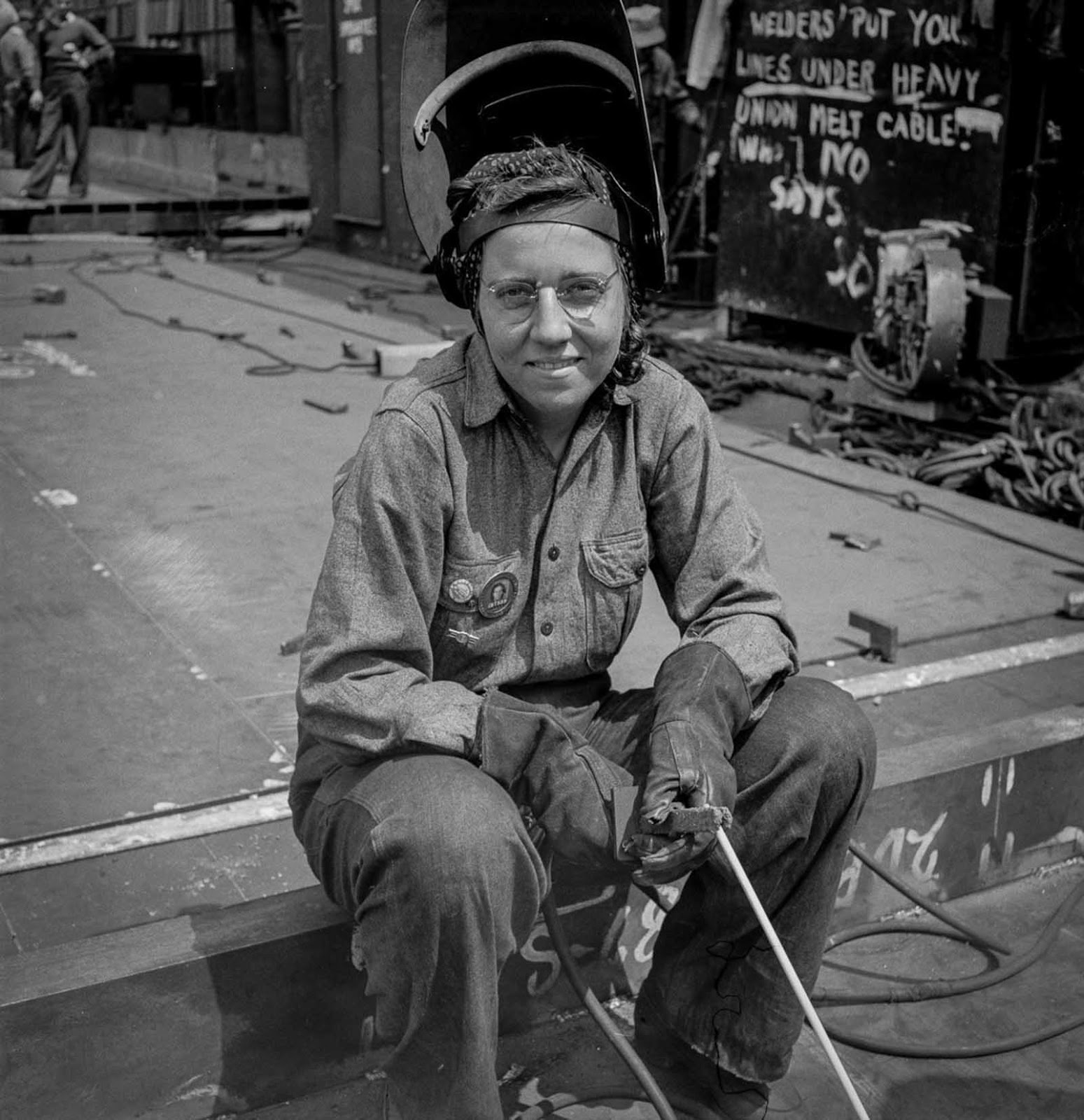
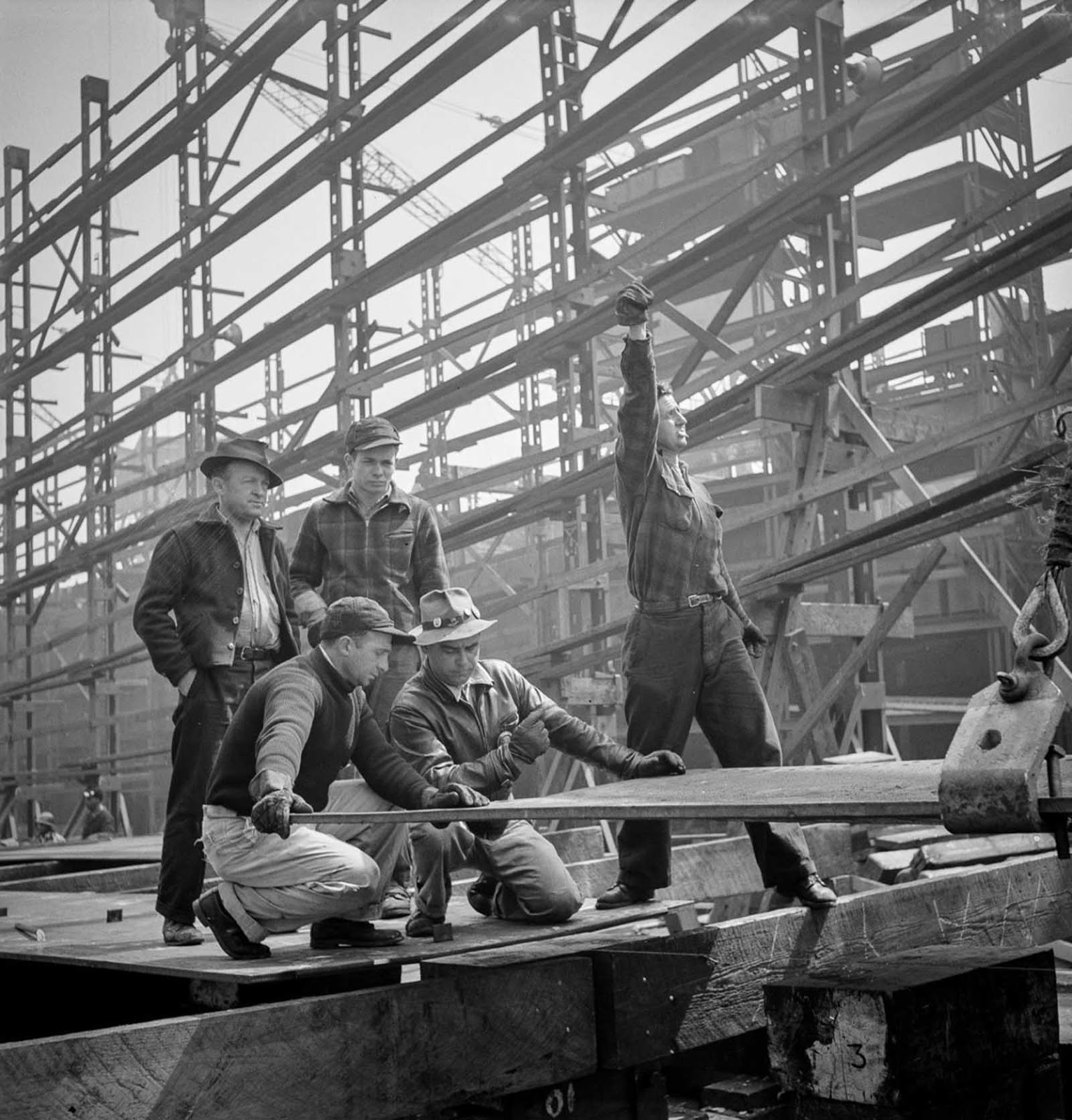
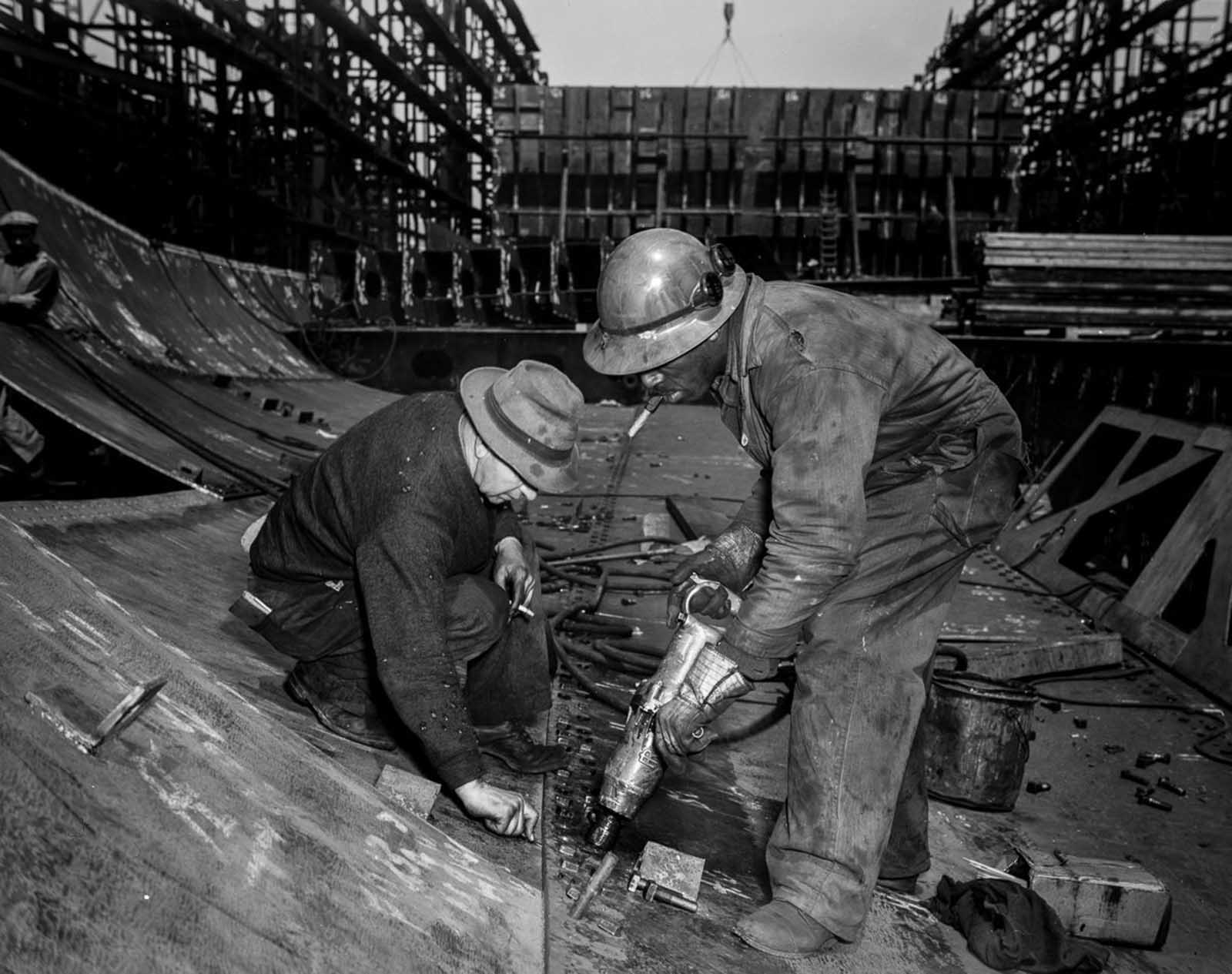
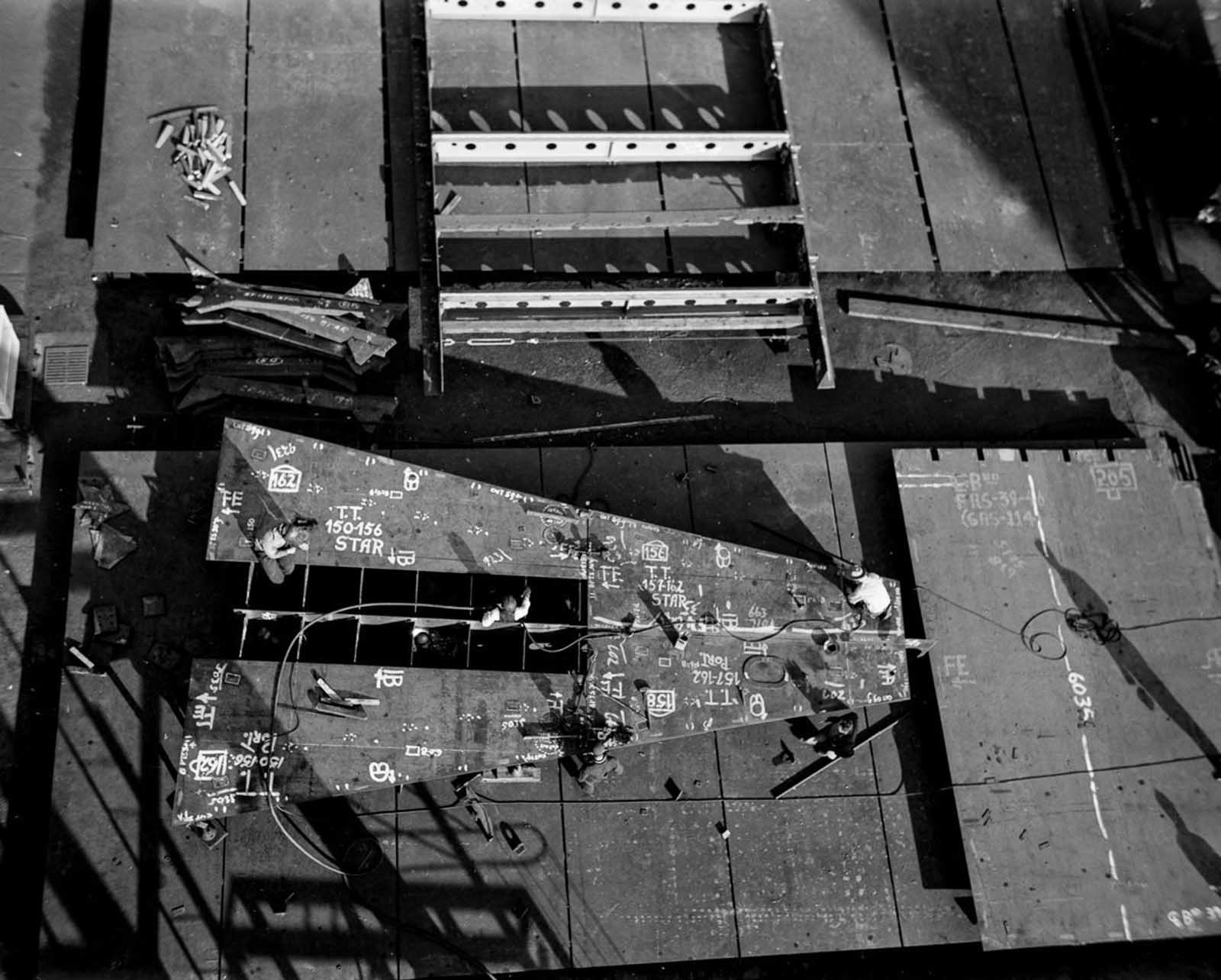
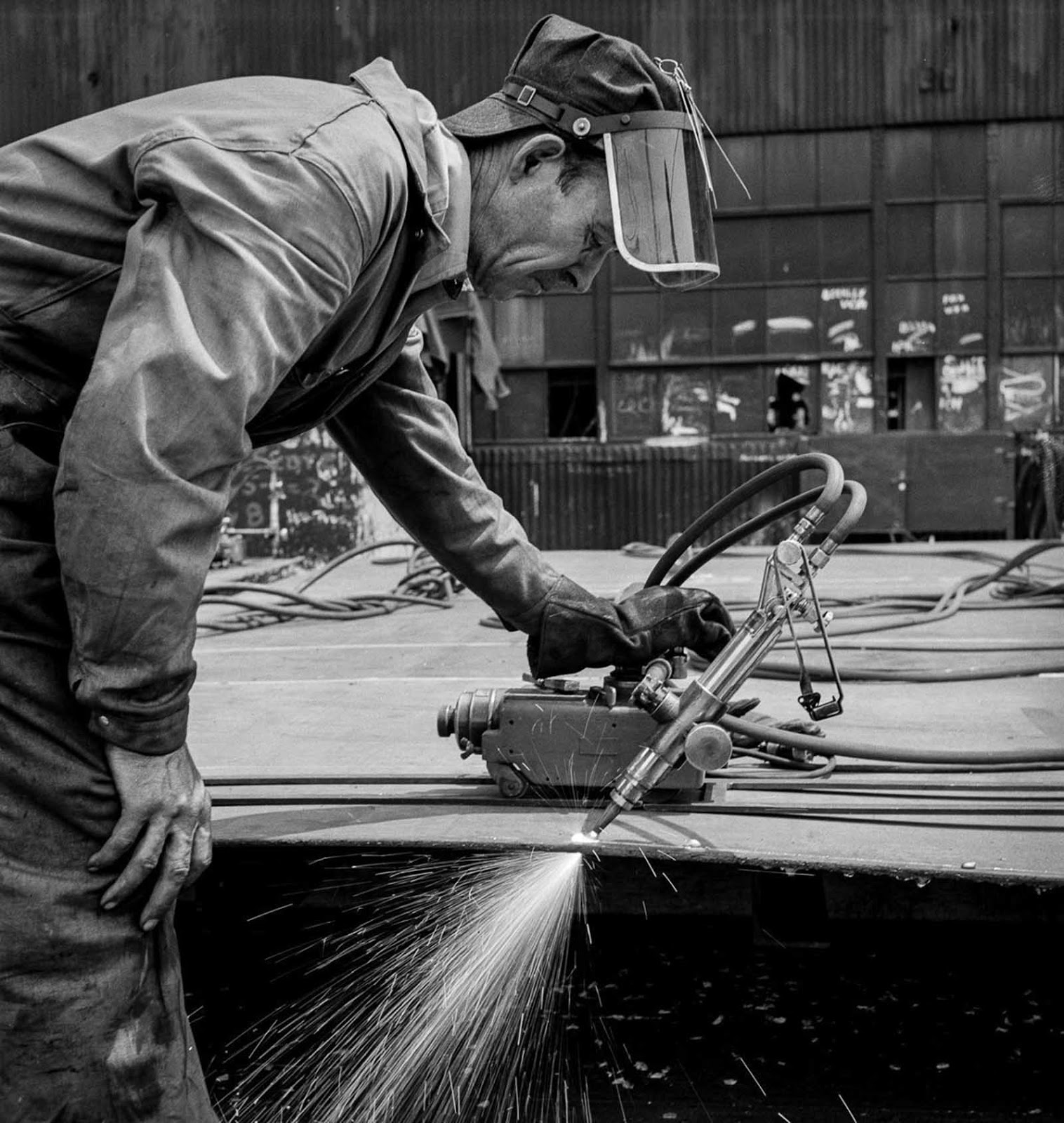
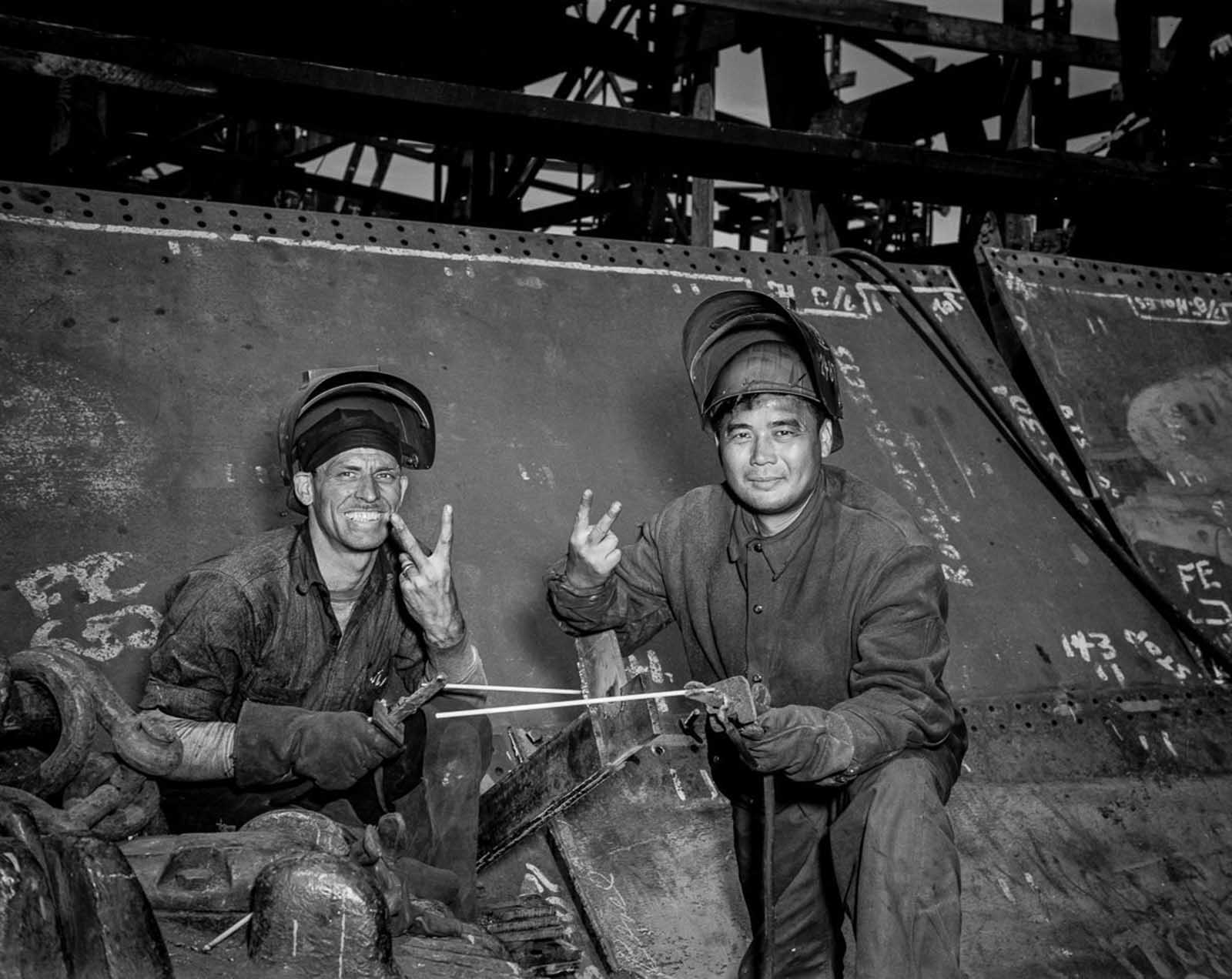
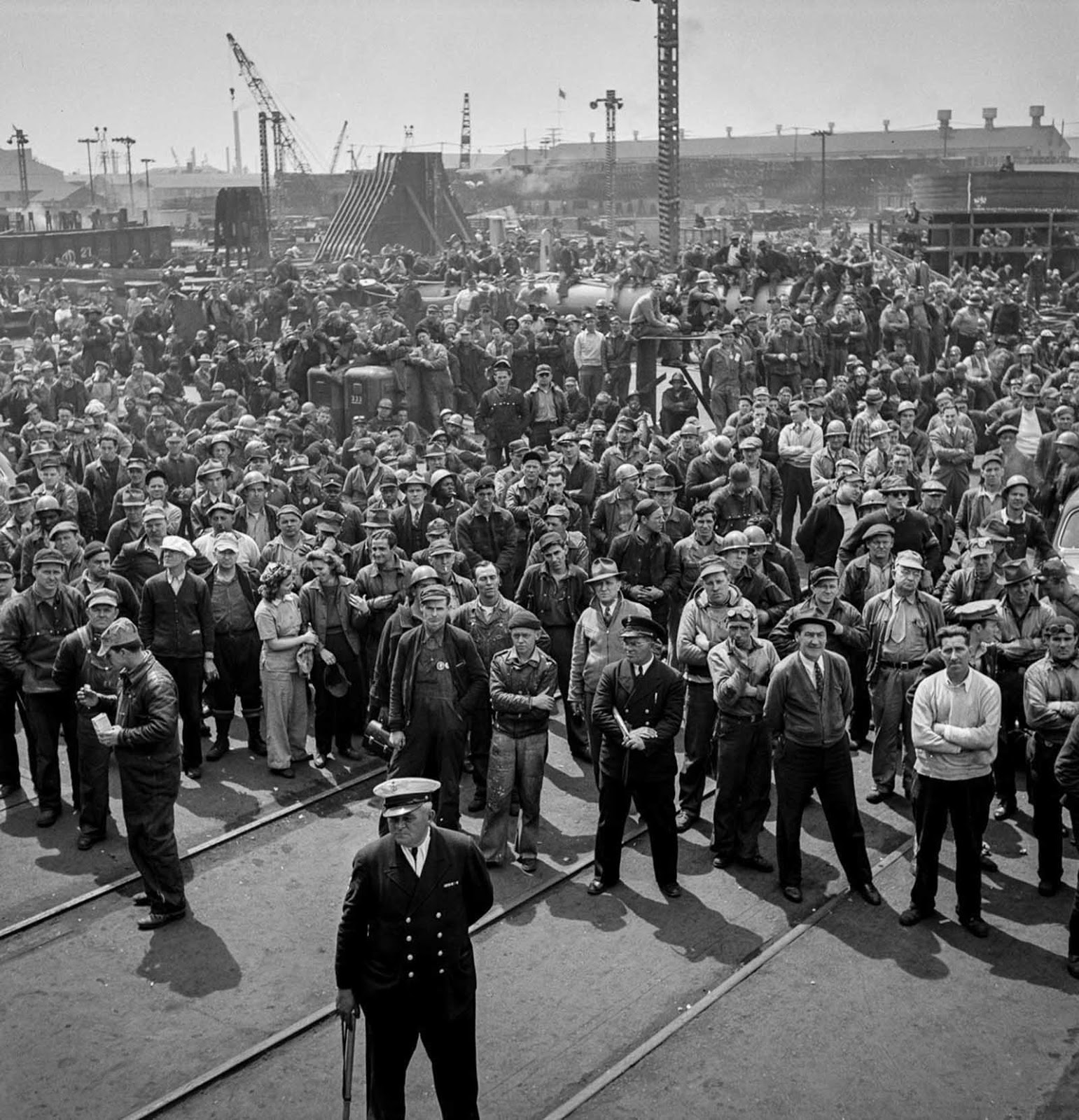
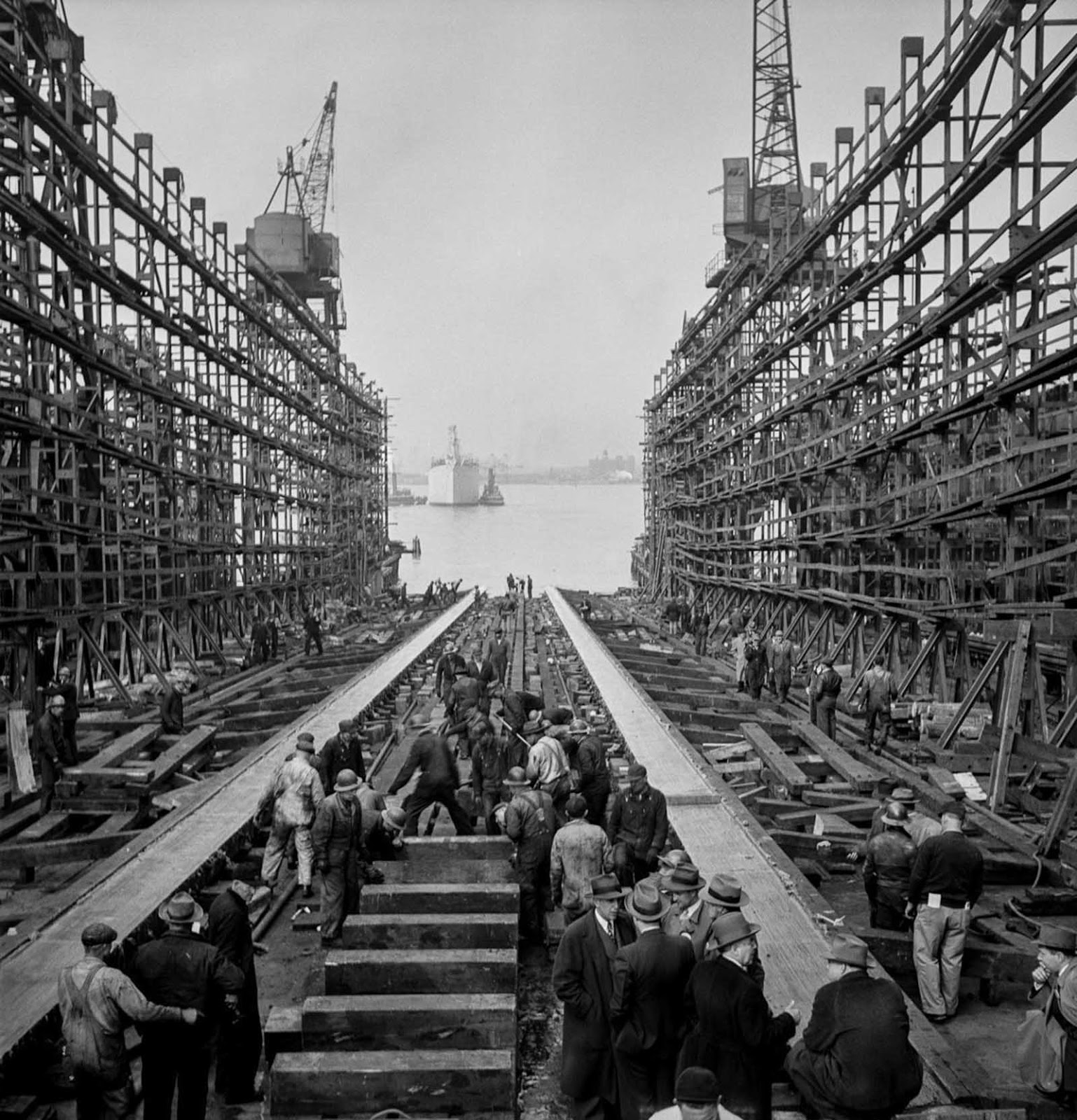
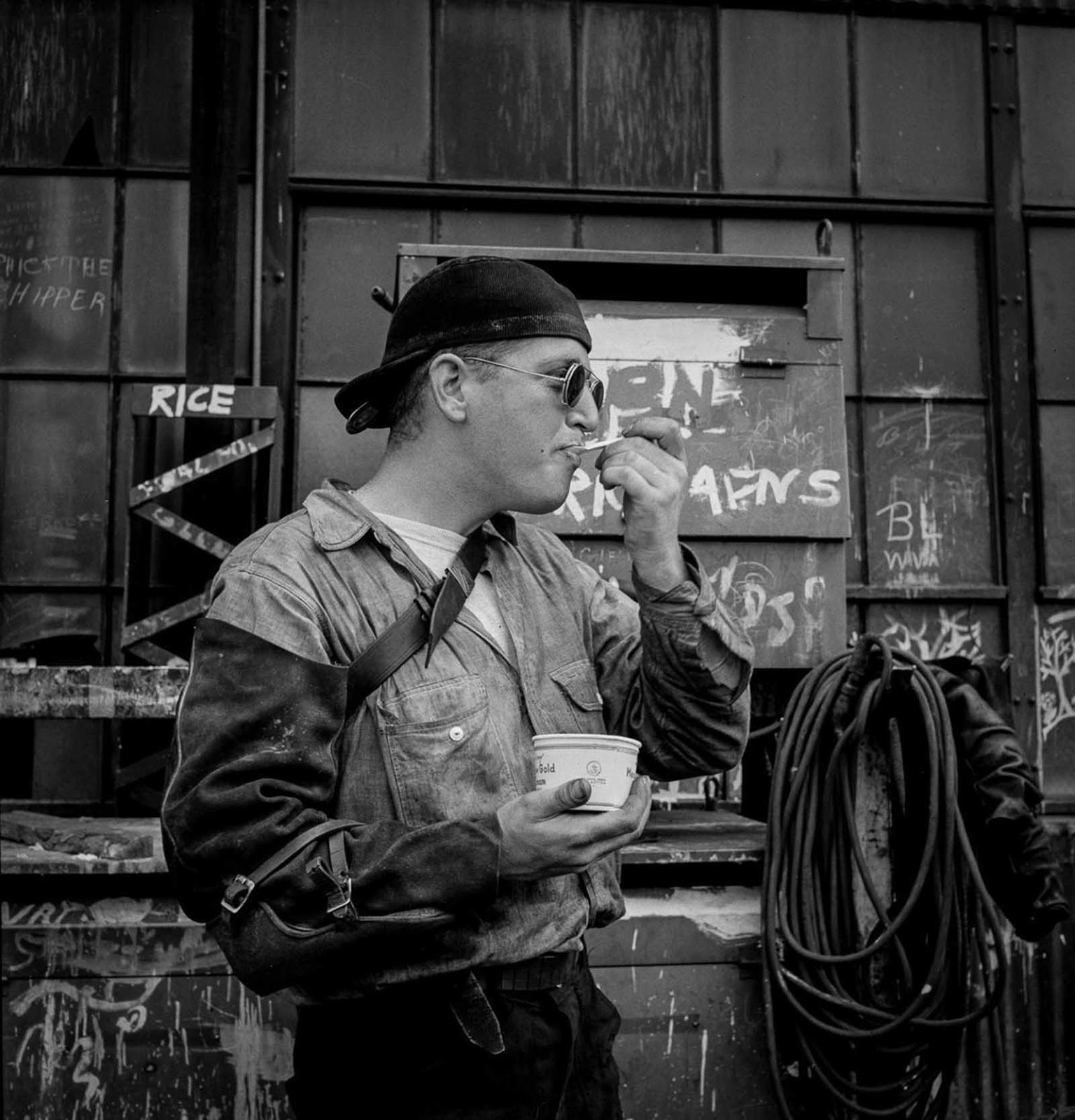
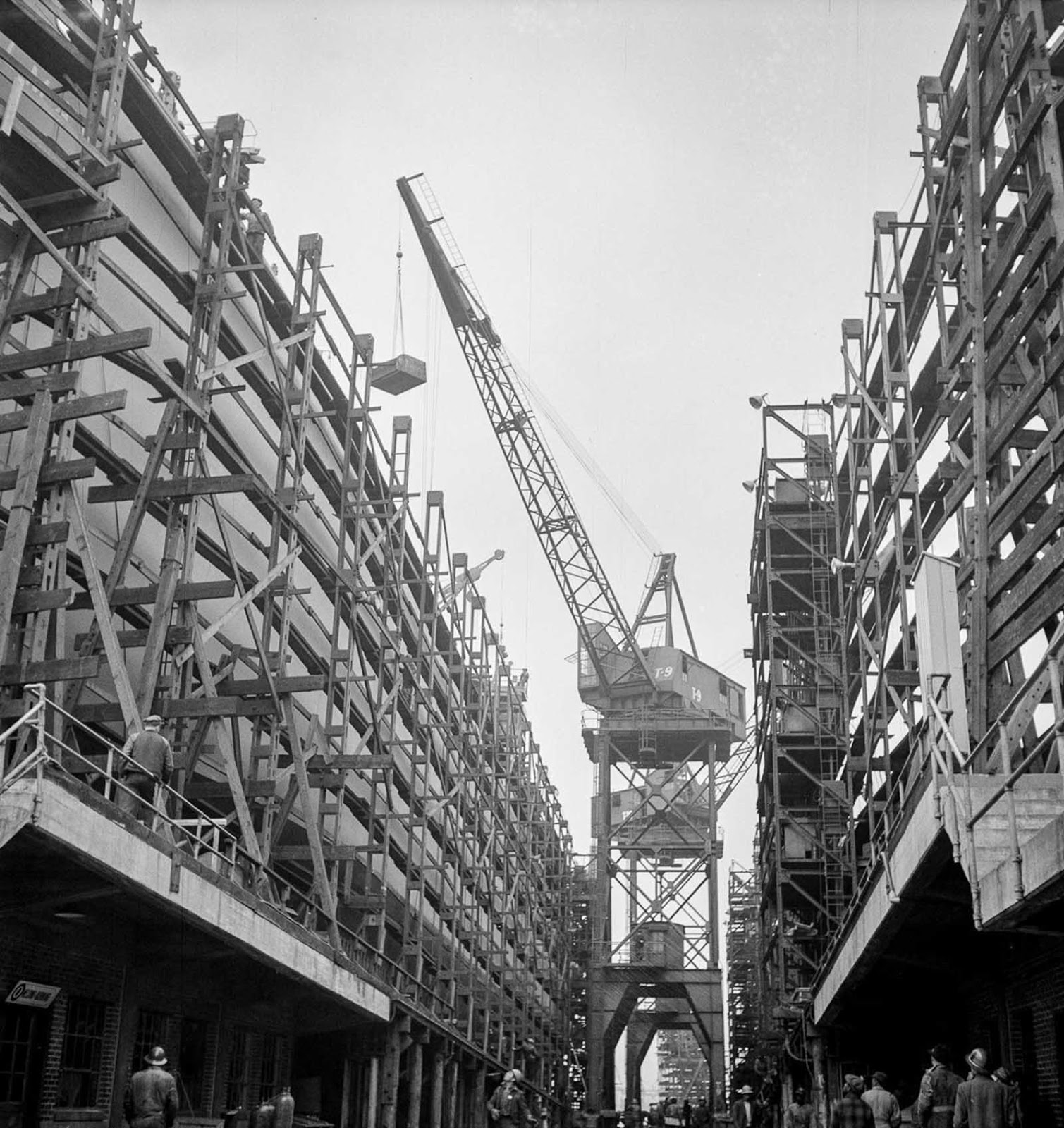
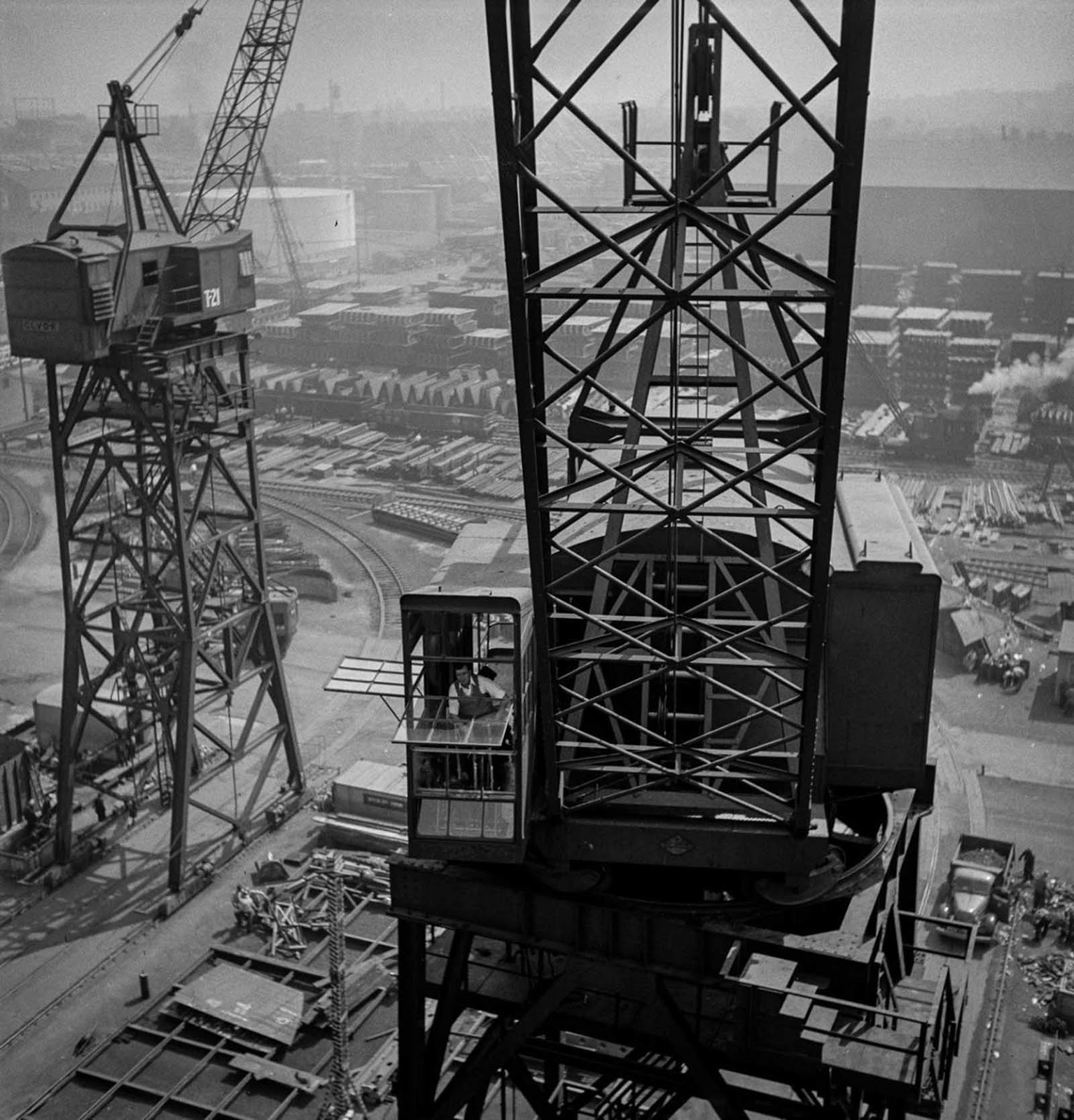
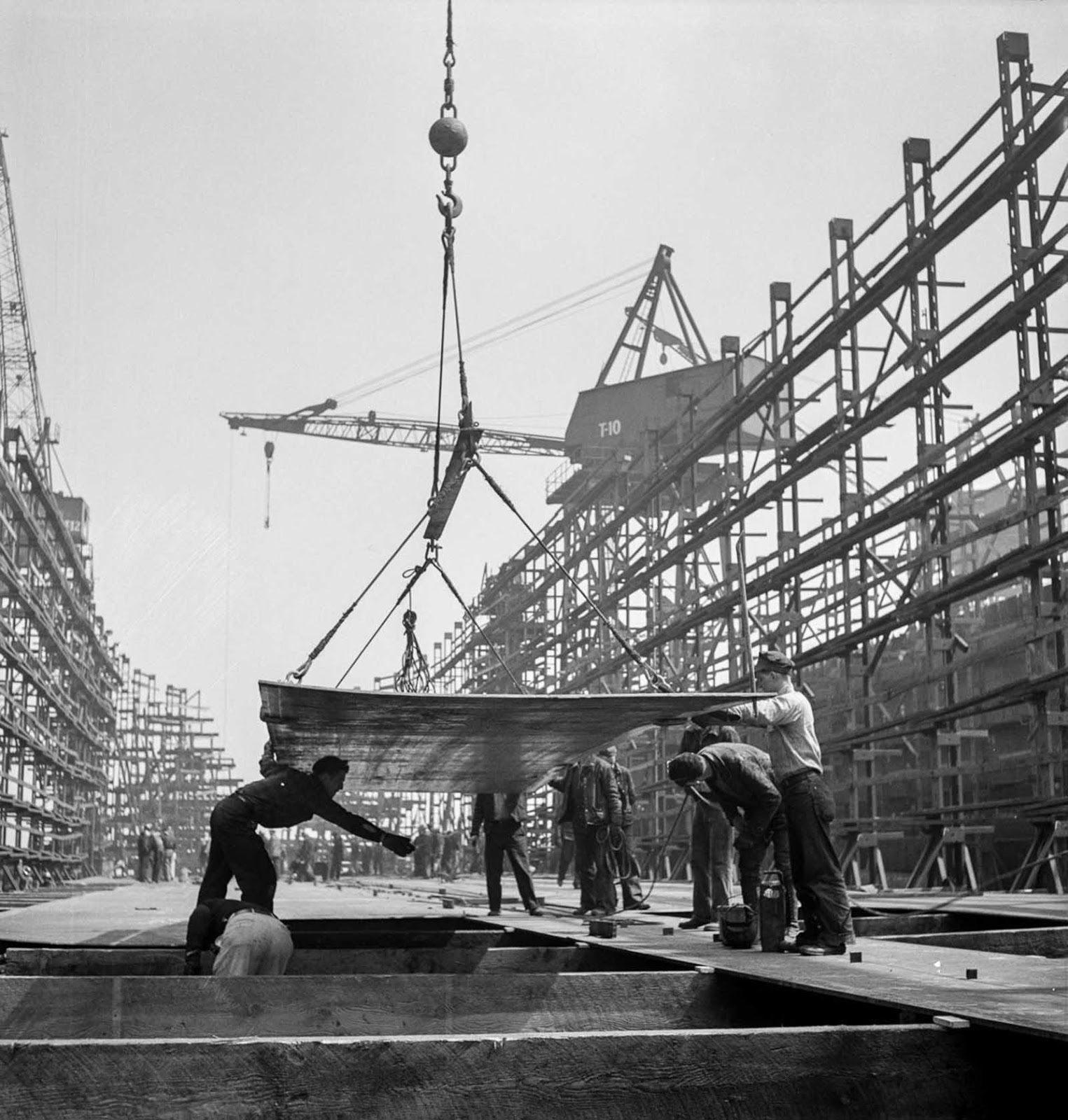
Video
Watch the video Onboard a Liberty Ship, 1940s US Navy, WWII in Colour, HD for a vivid look at life aboard these historic vessels during WWII!
Conclusion
The creation and success of the Liberty ships stand as a powerful reminder of the importance of innovation in times of crisis. From their humble beginnings to their lasting impact on global trade, these ships represent the resilience of both a nation and its people. They were not just a symbol of wartime efficiency but a testament to how necessity breeds innovation. Though they were once considered “ugly ducklings,” the Liberty ships proved to be anything but, cementing their place in history as the unsung heroes of World War II.
